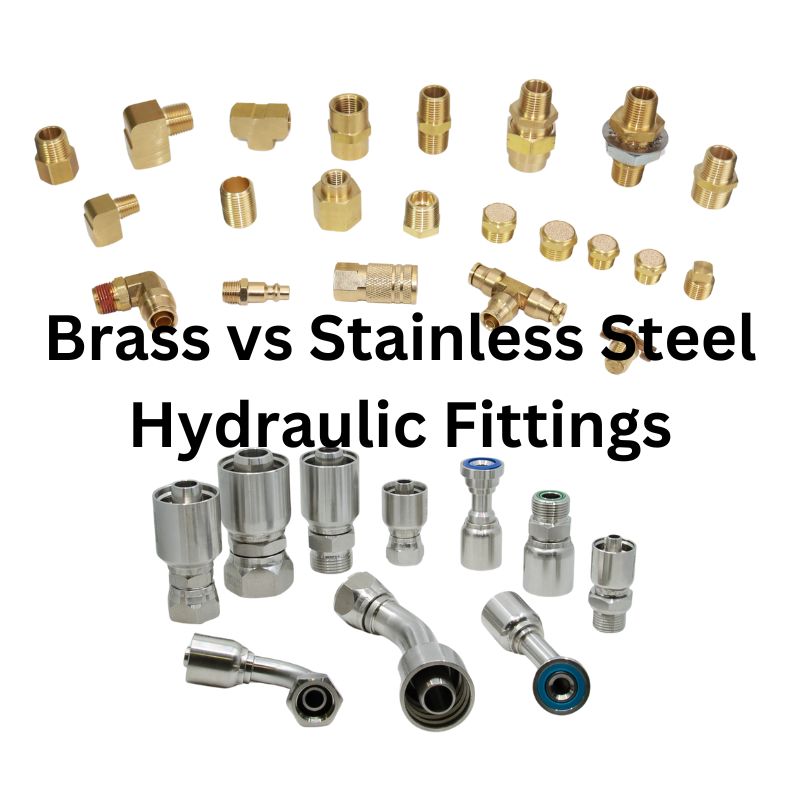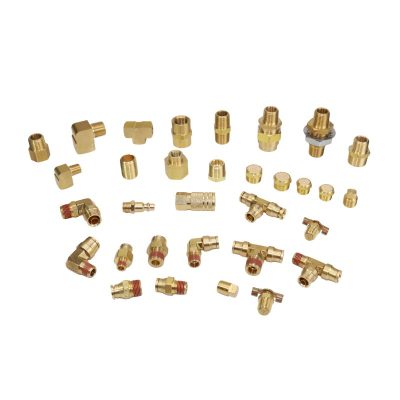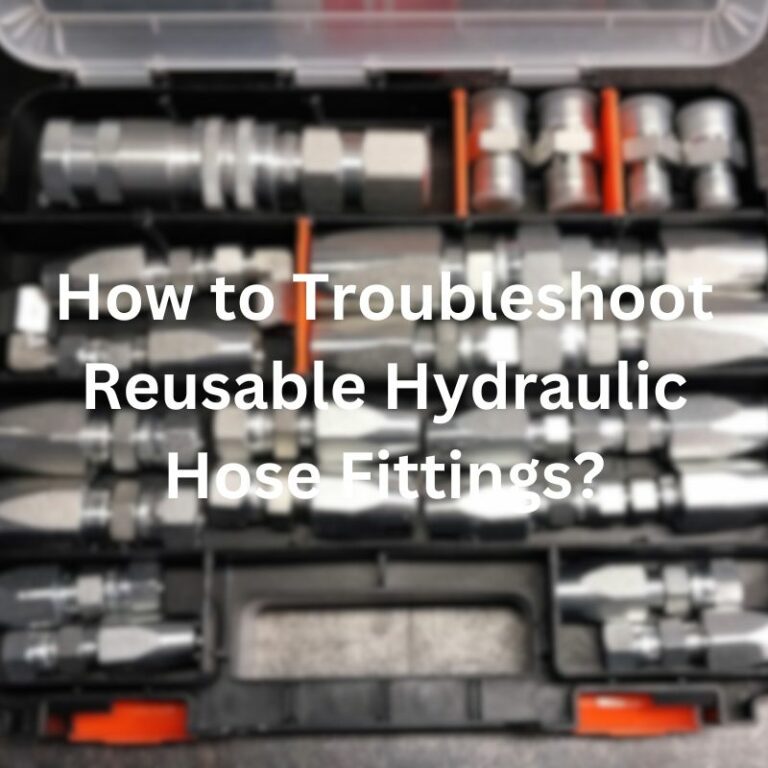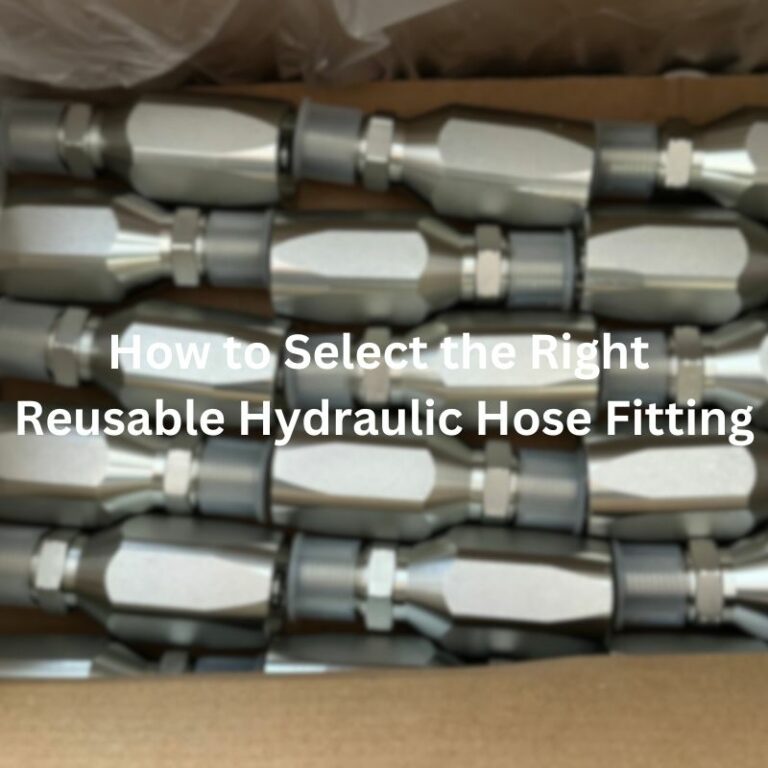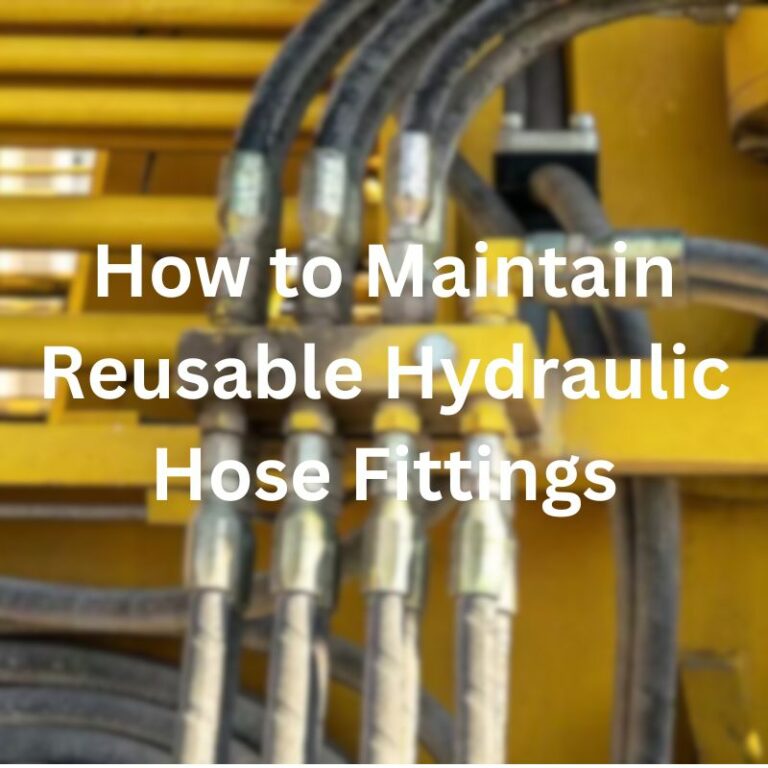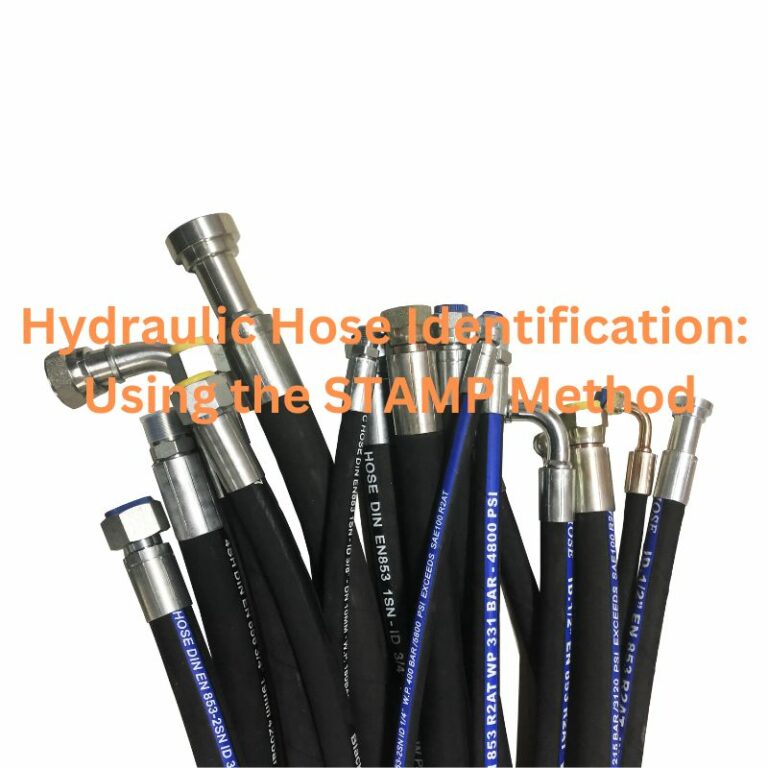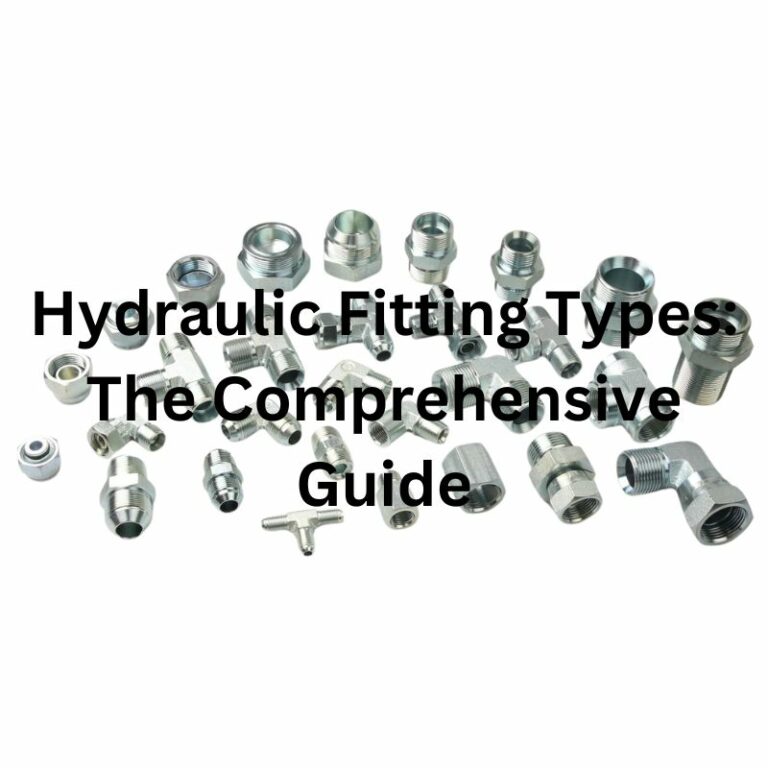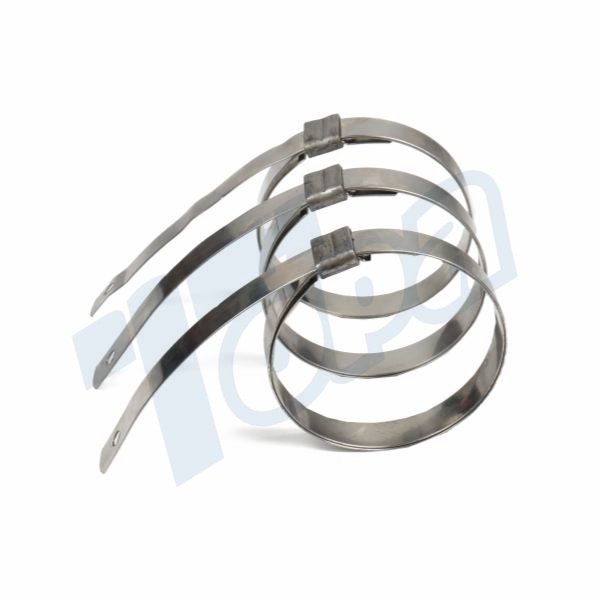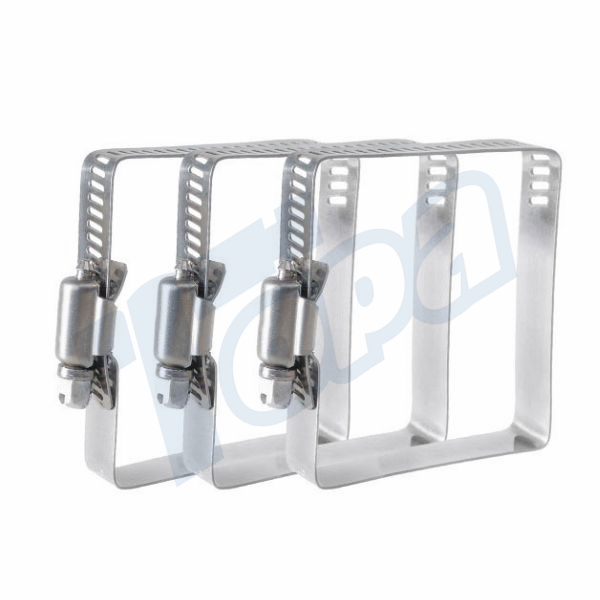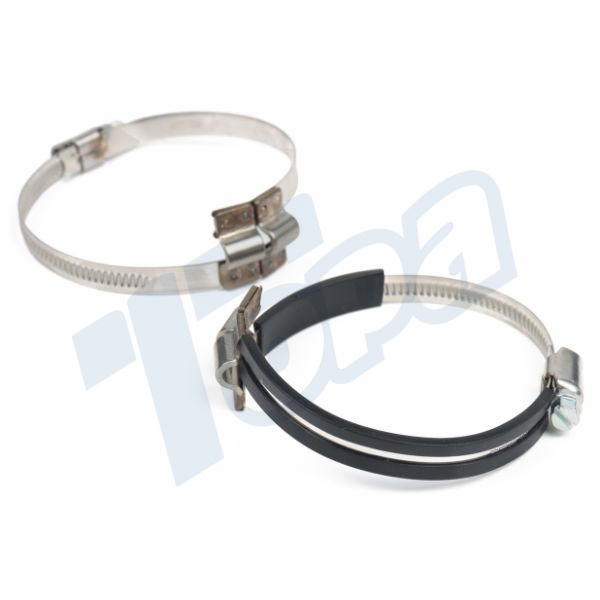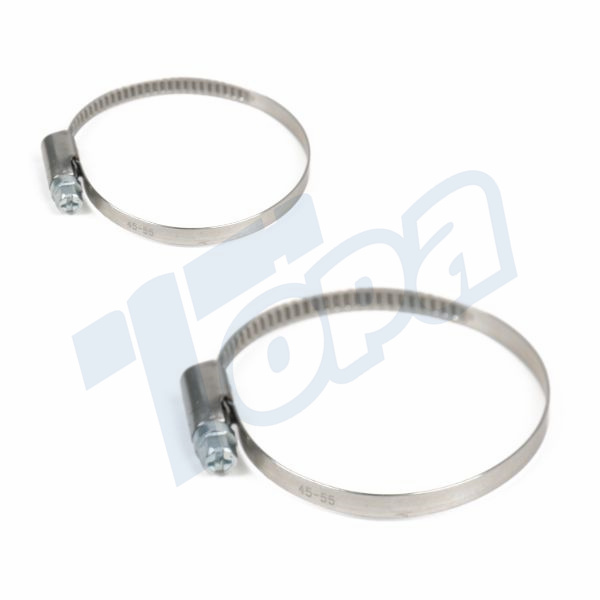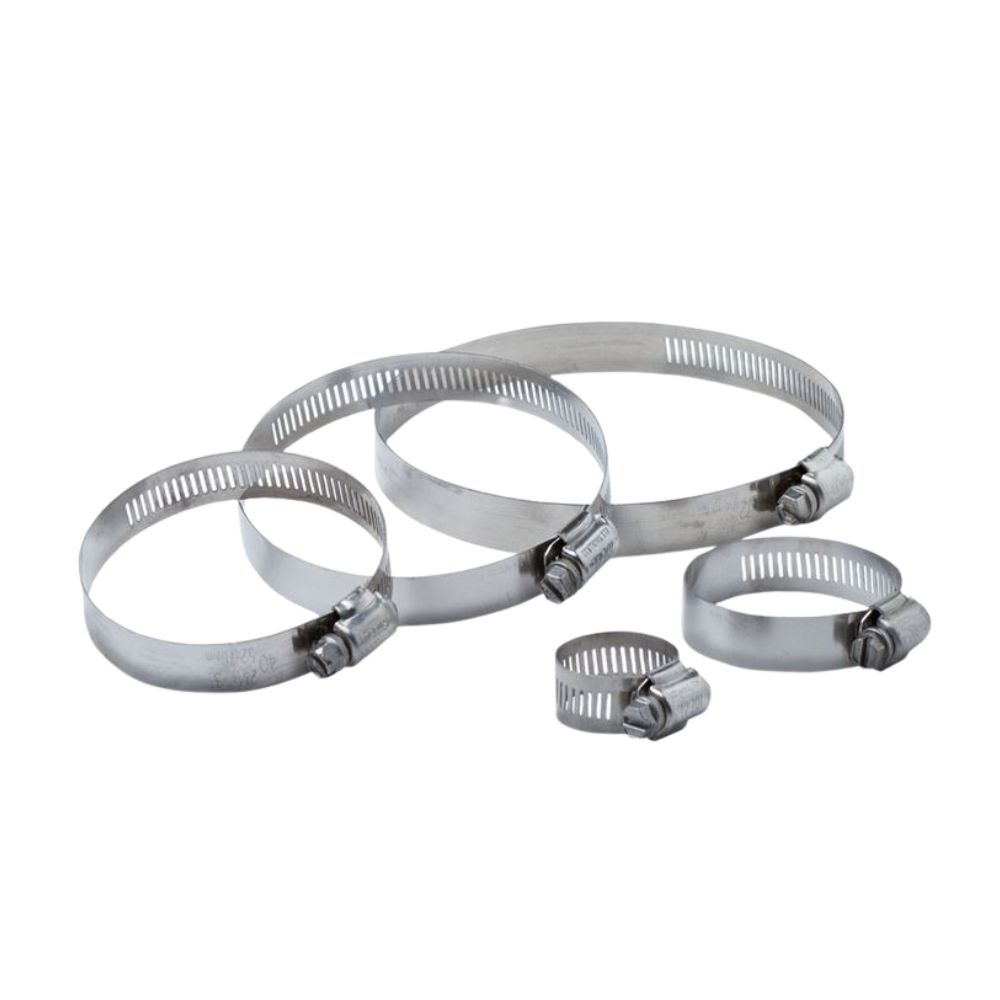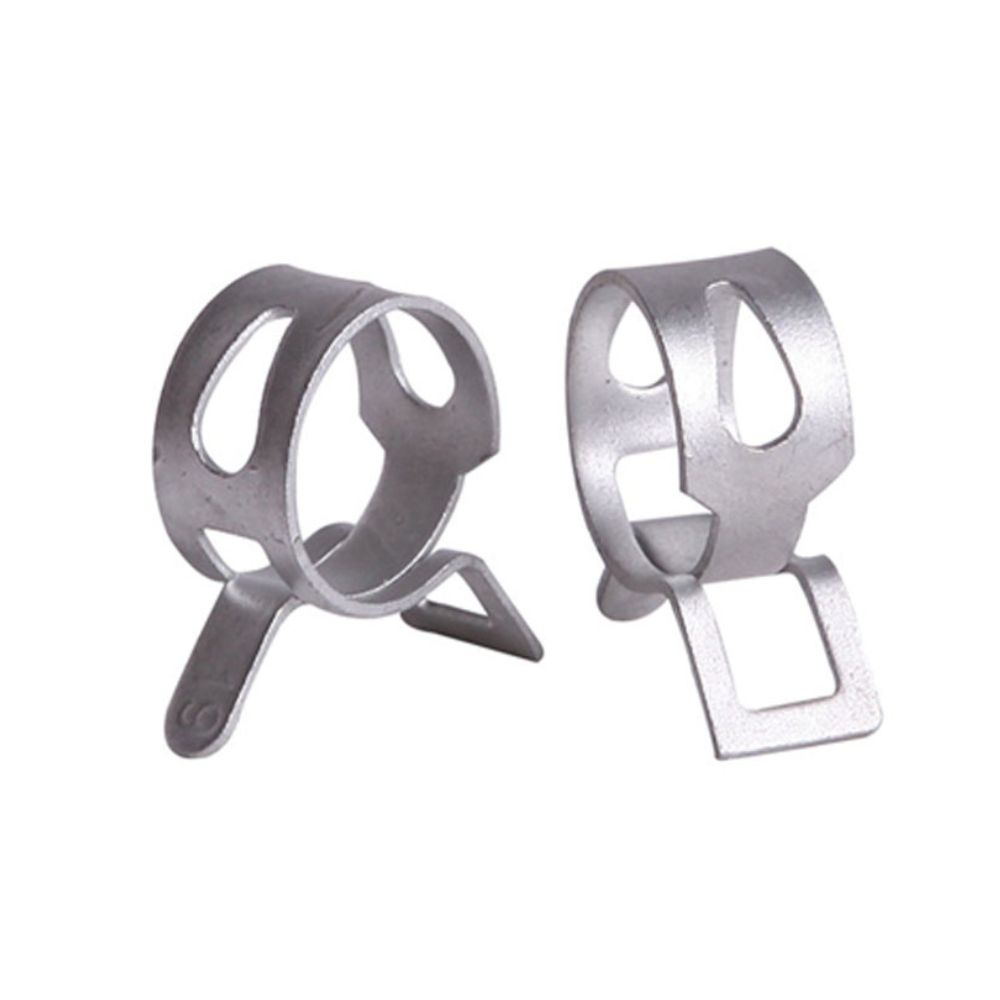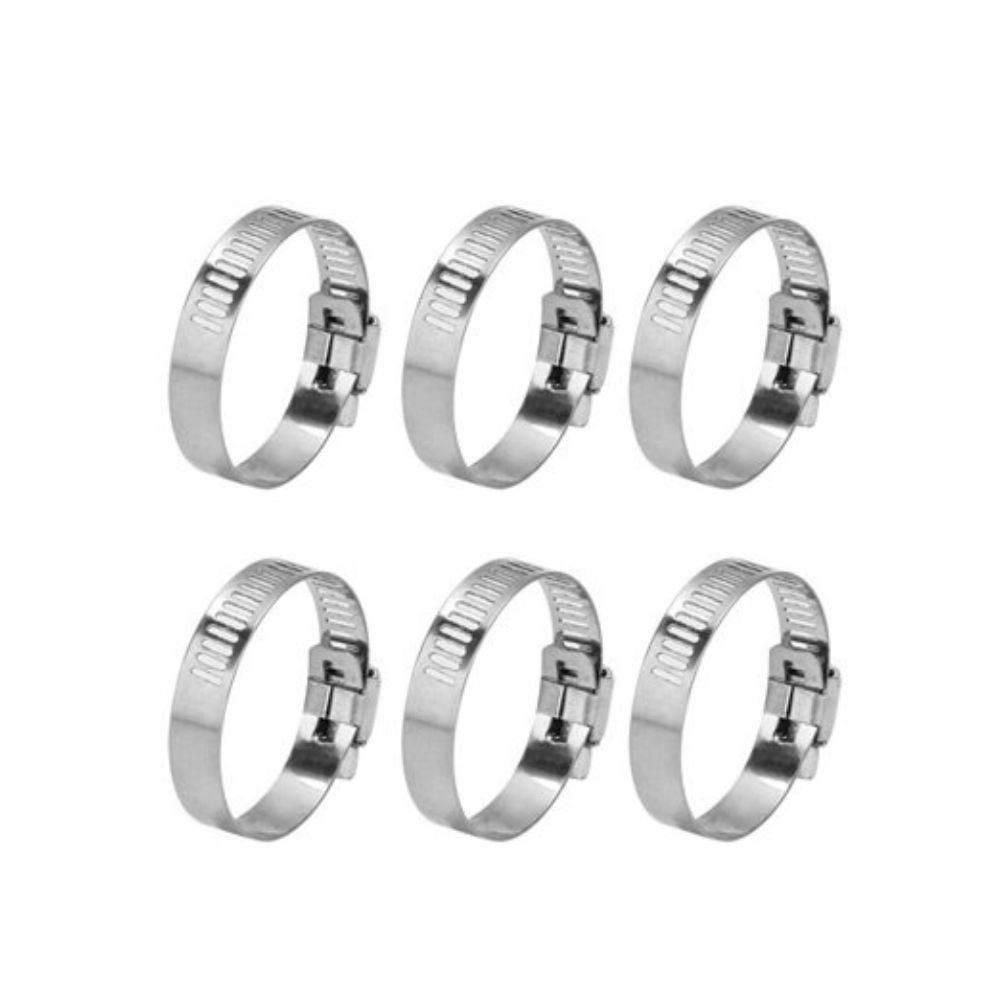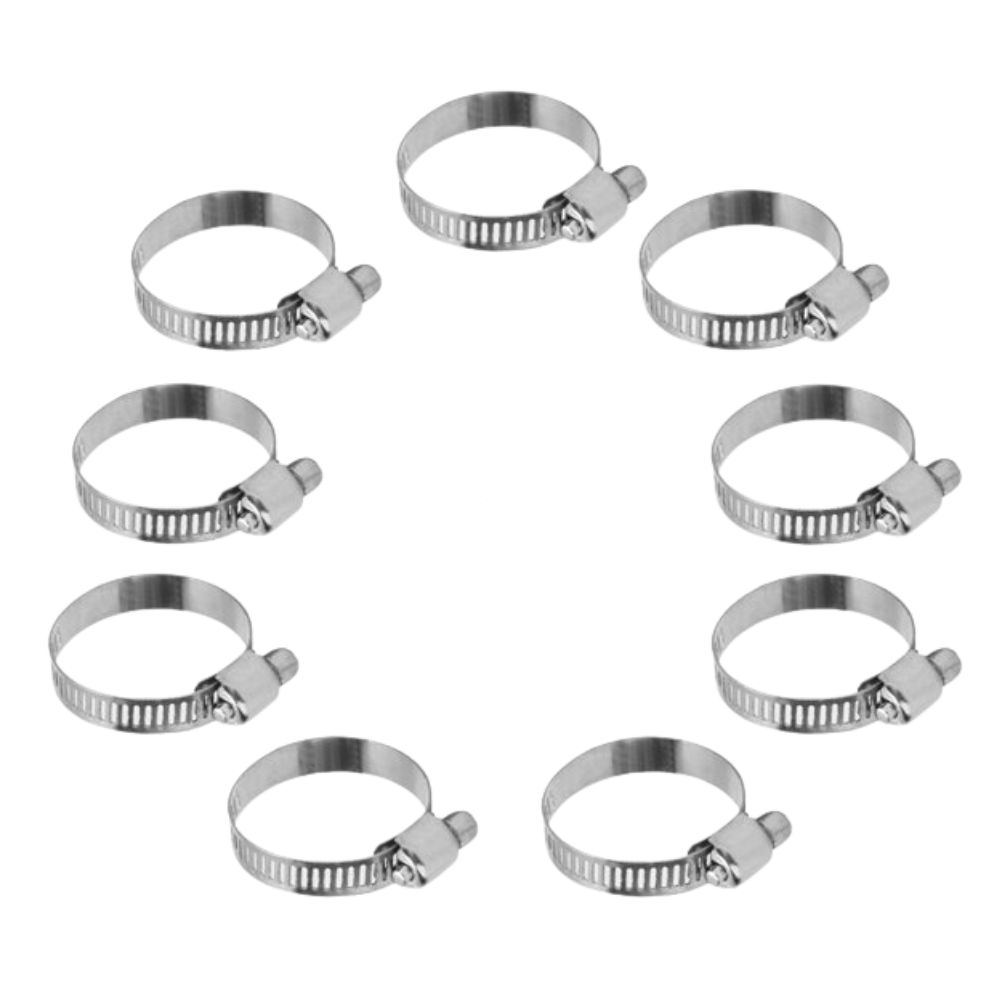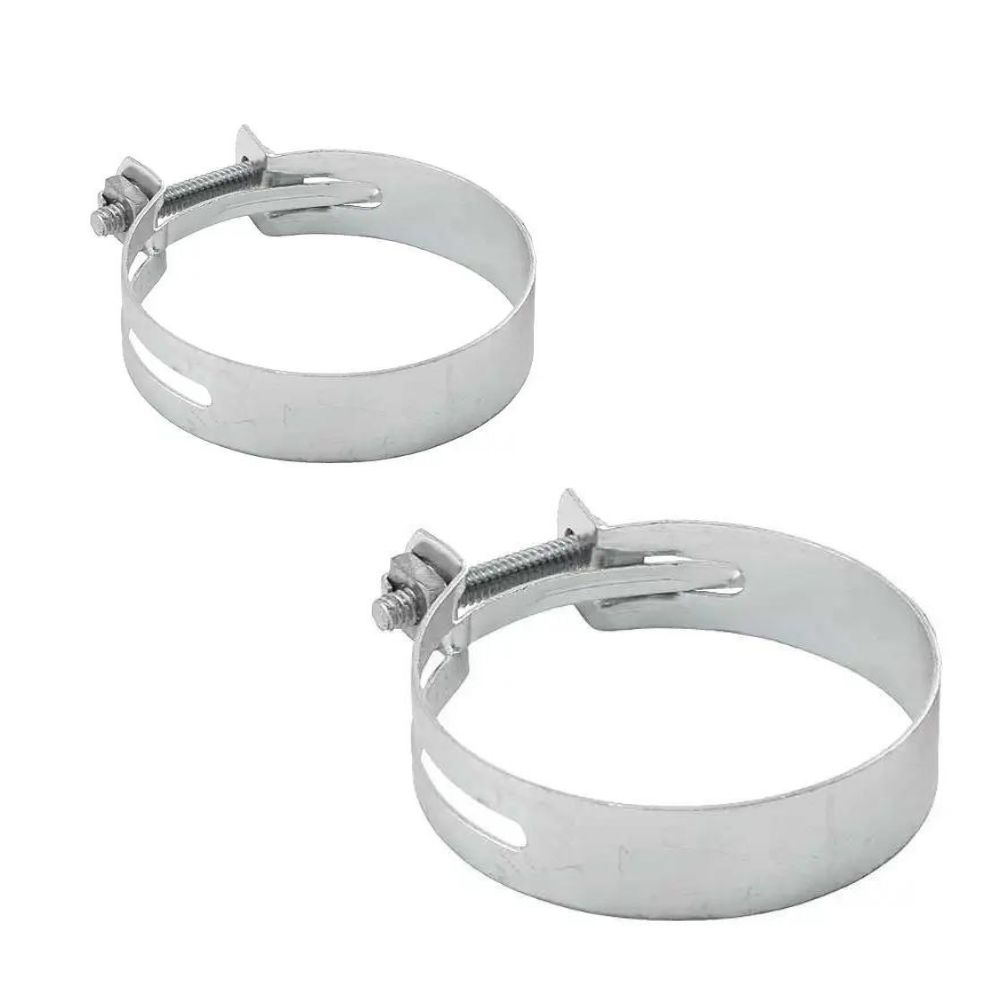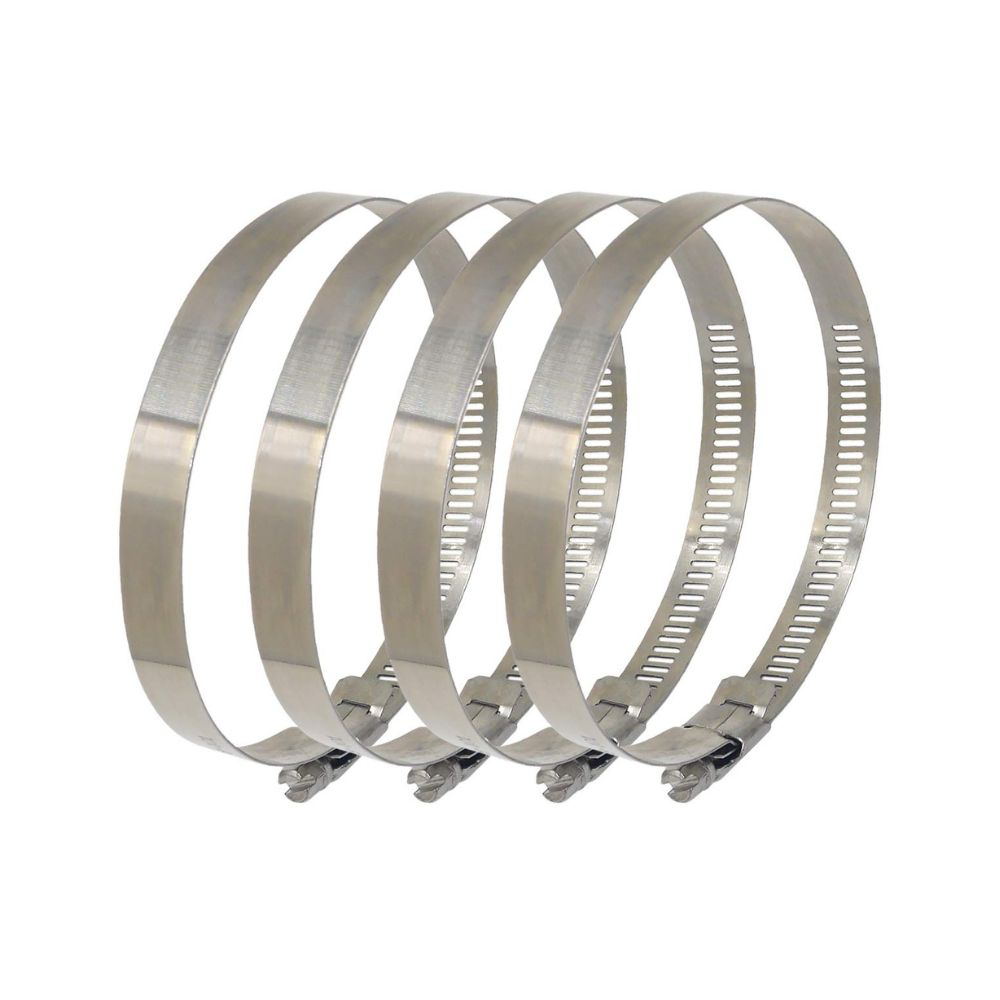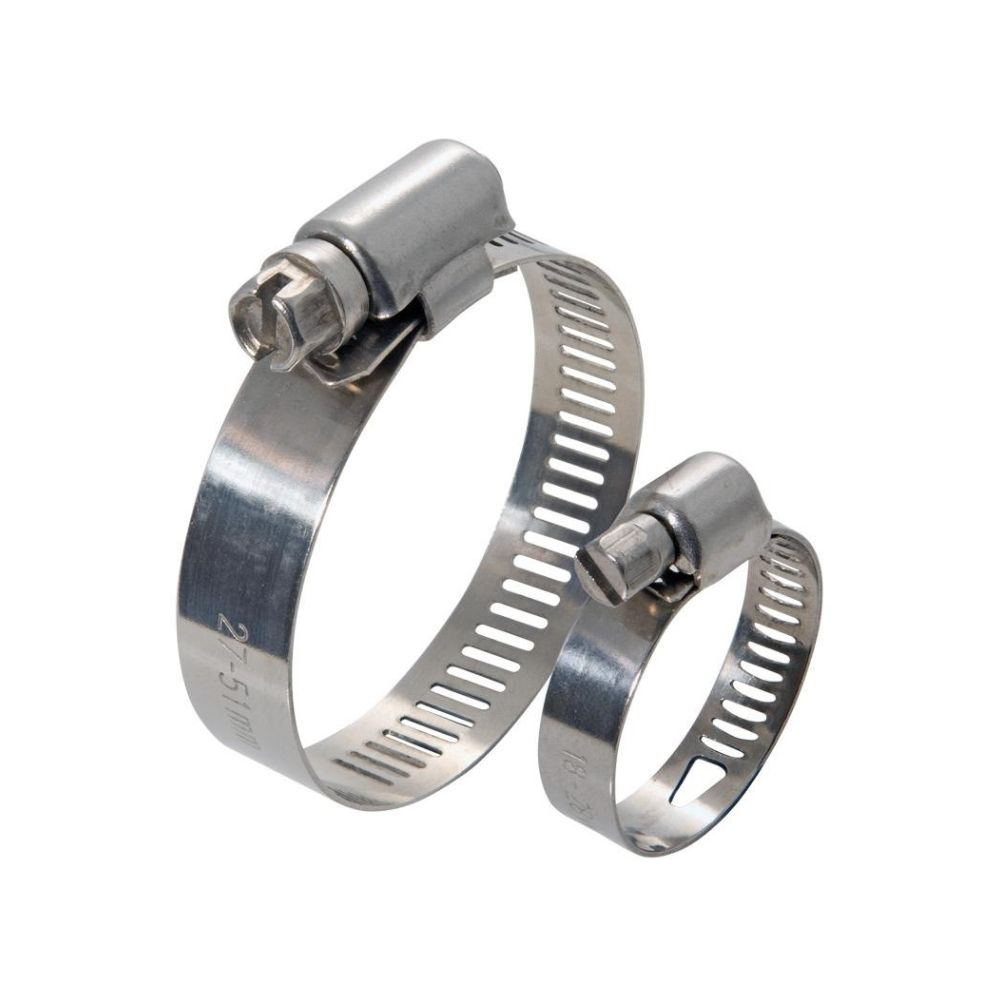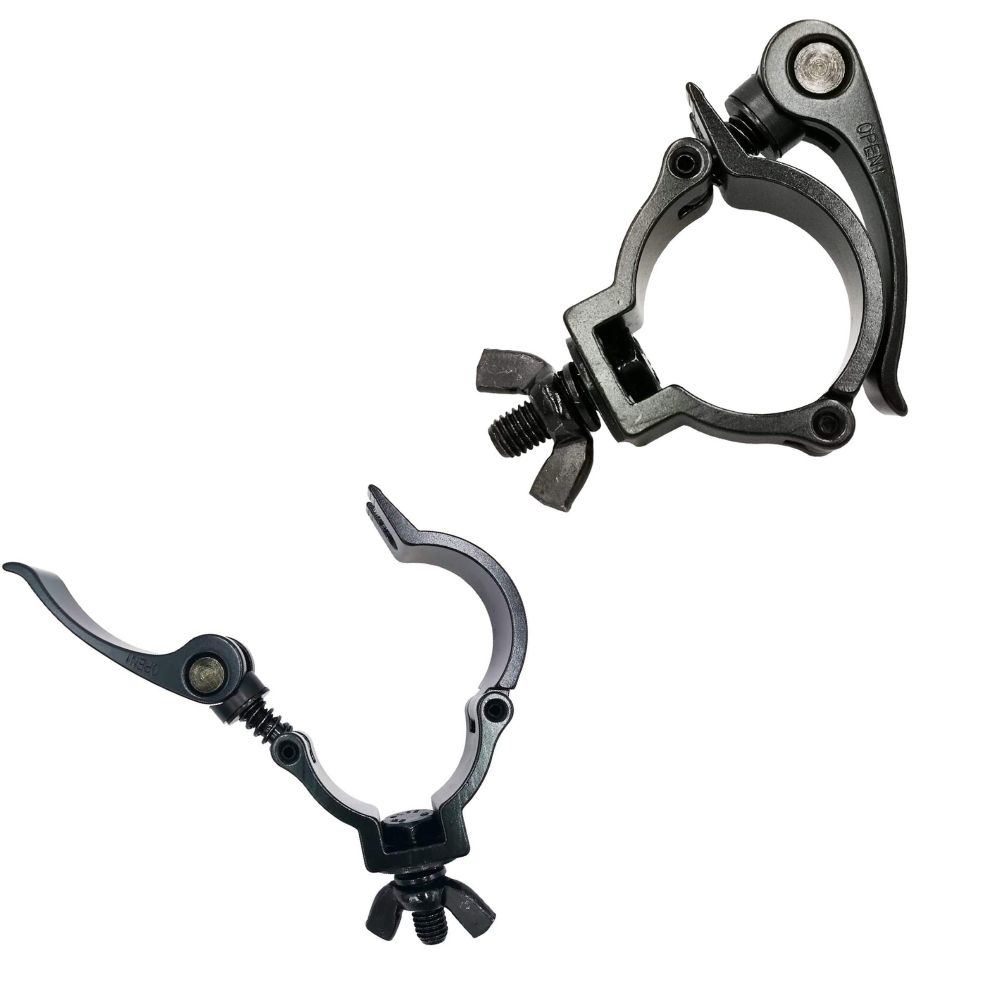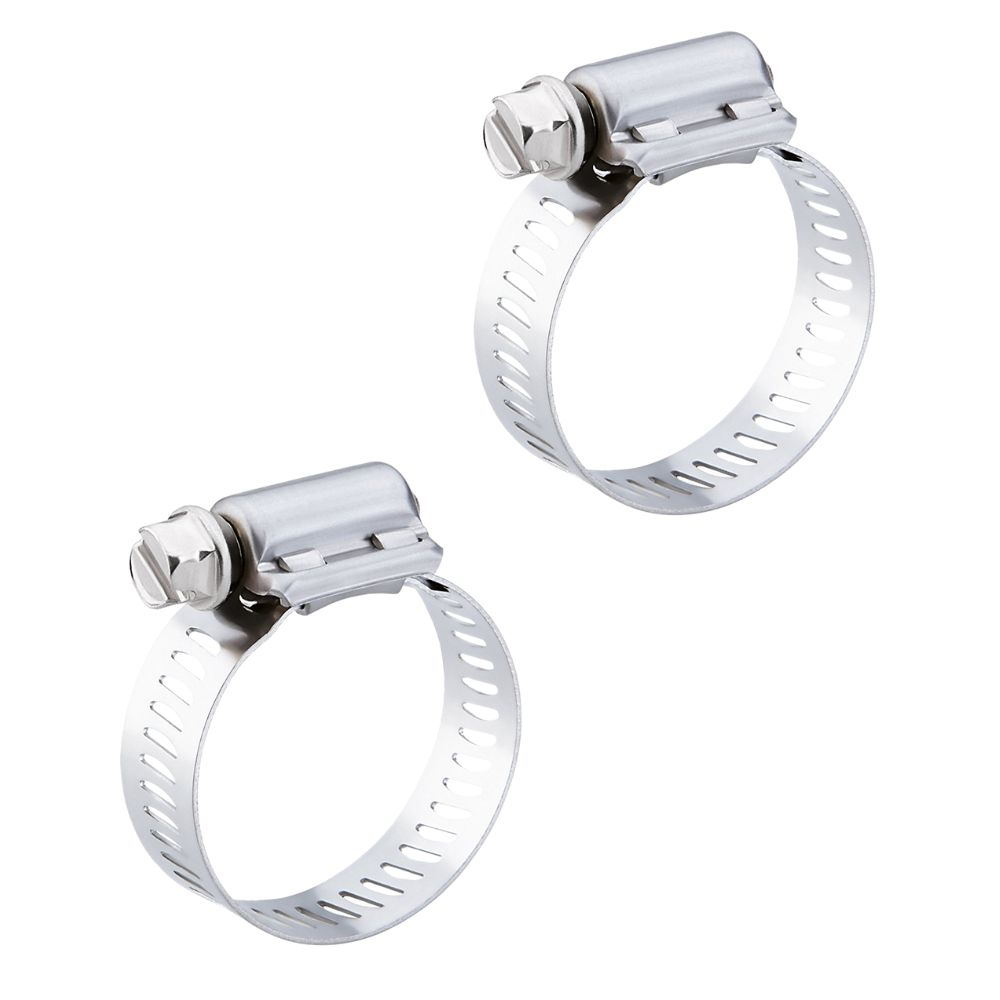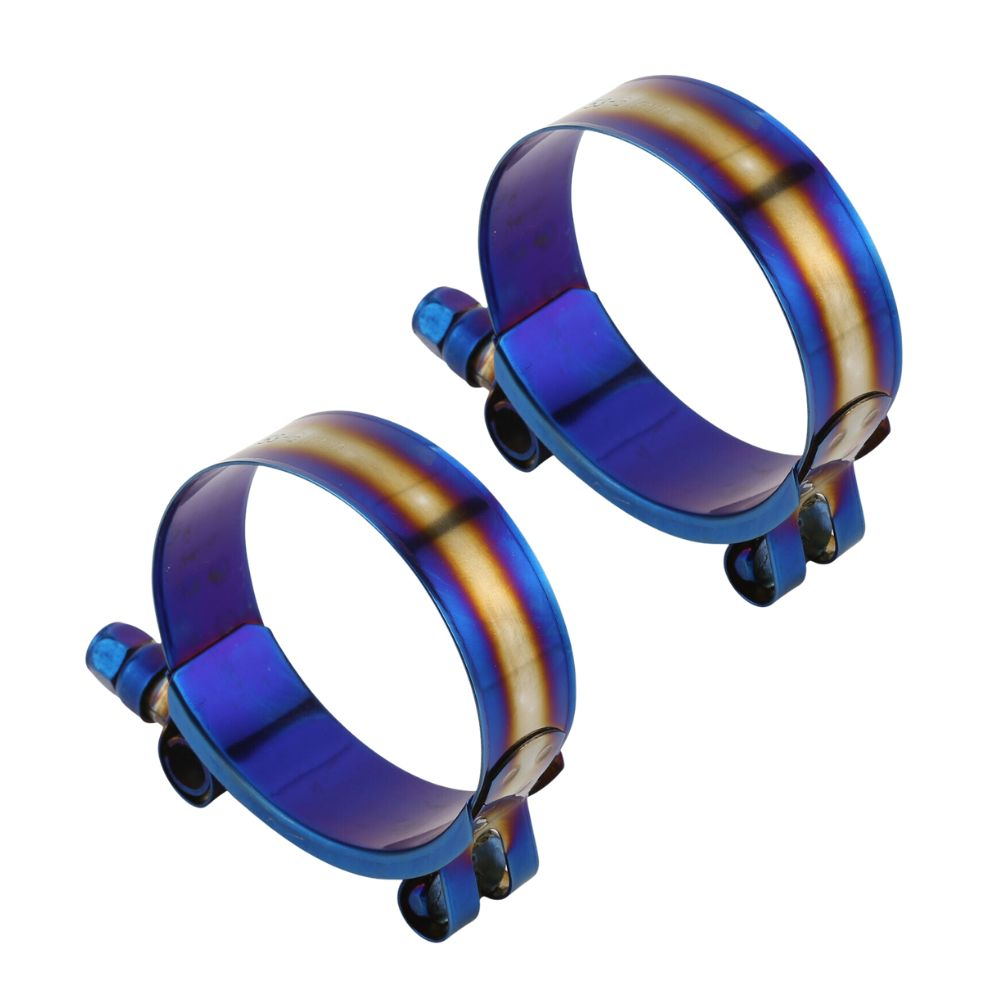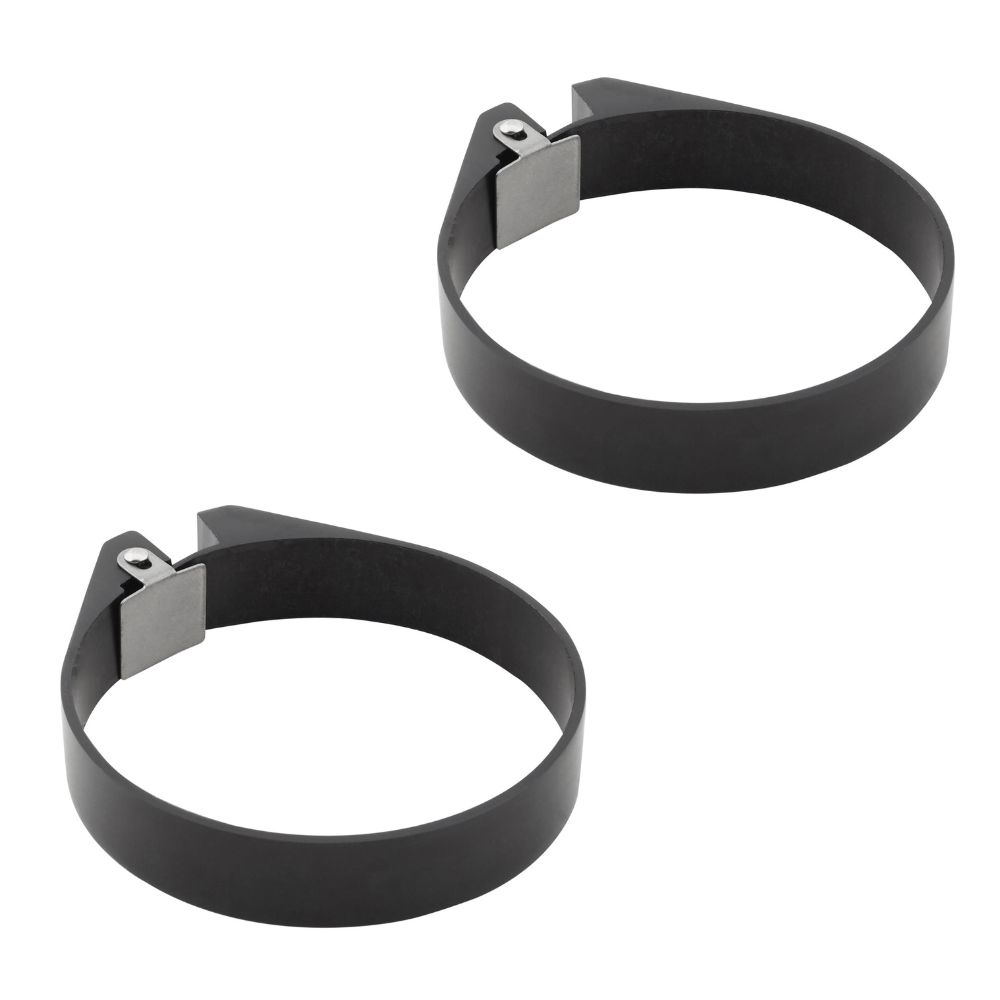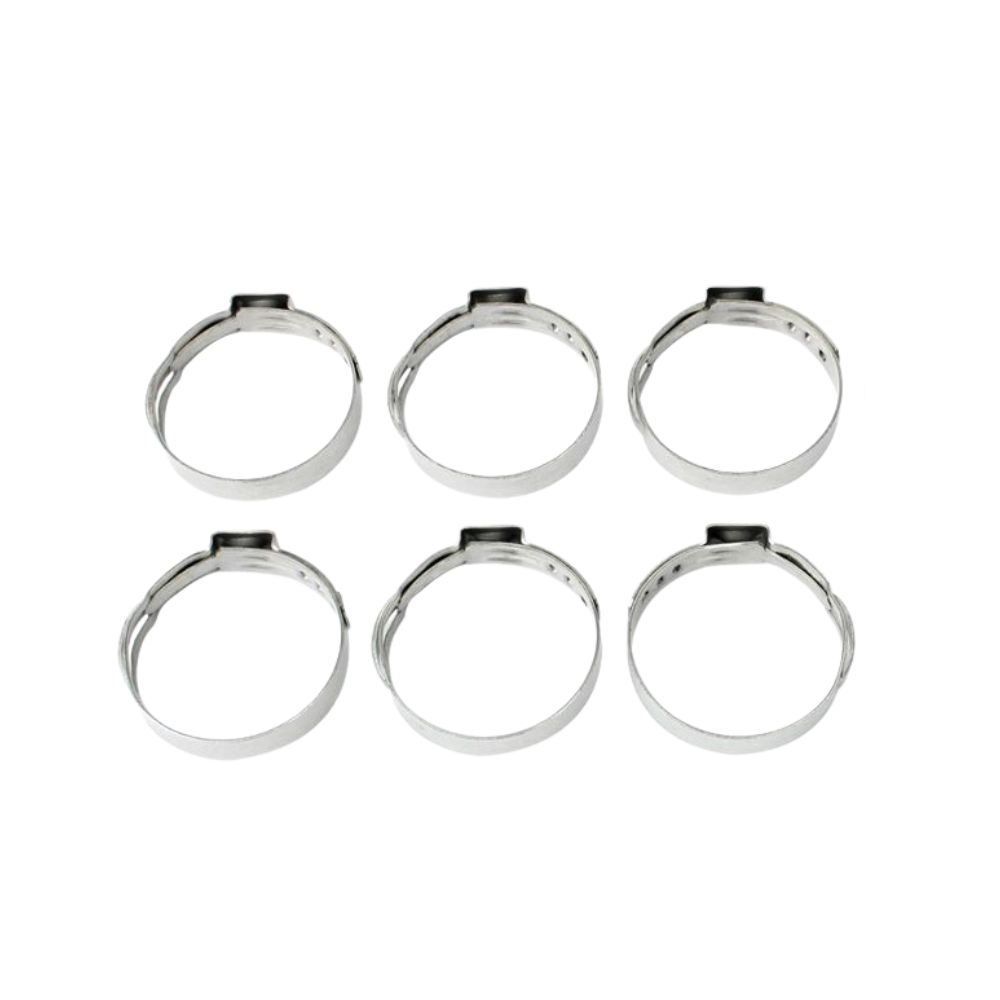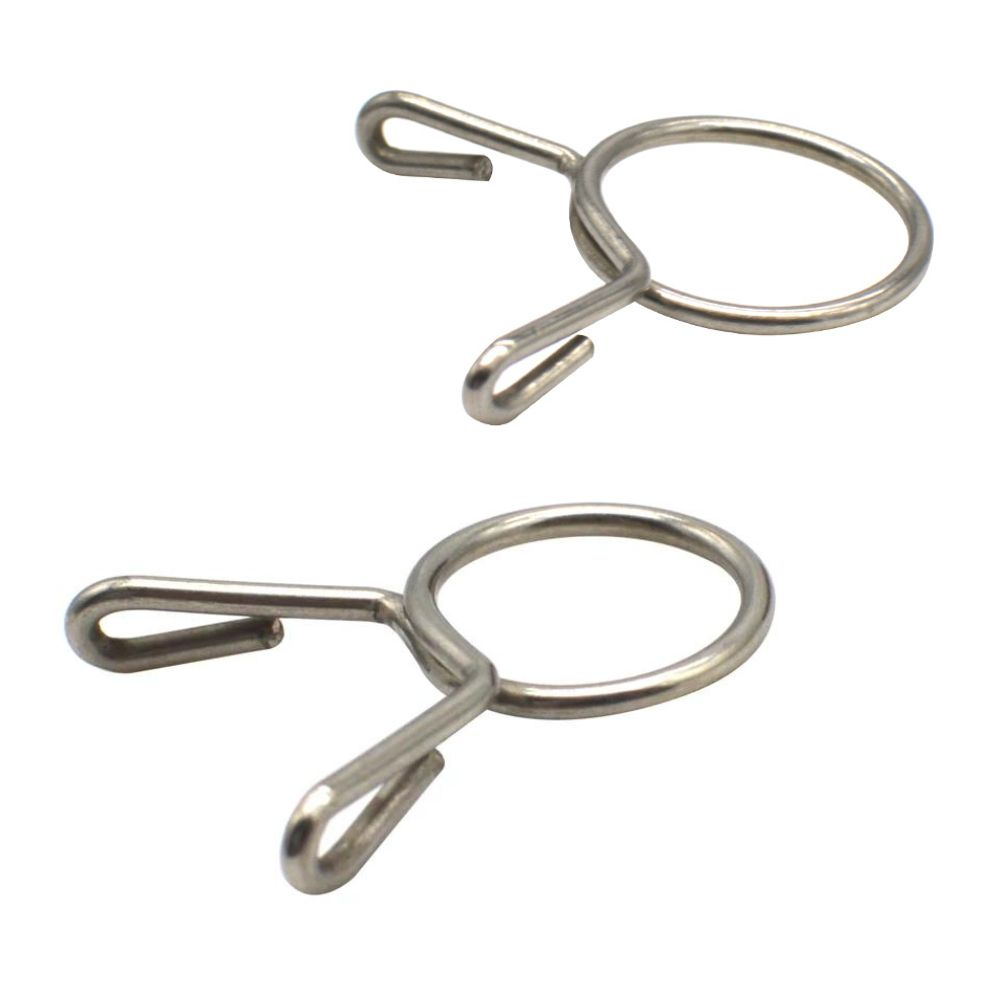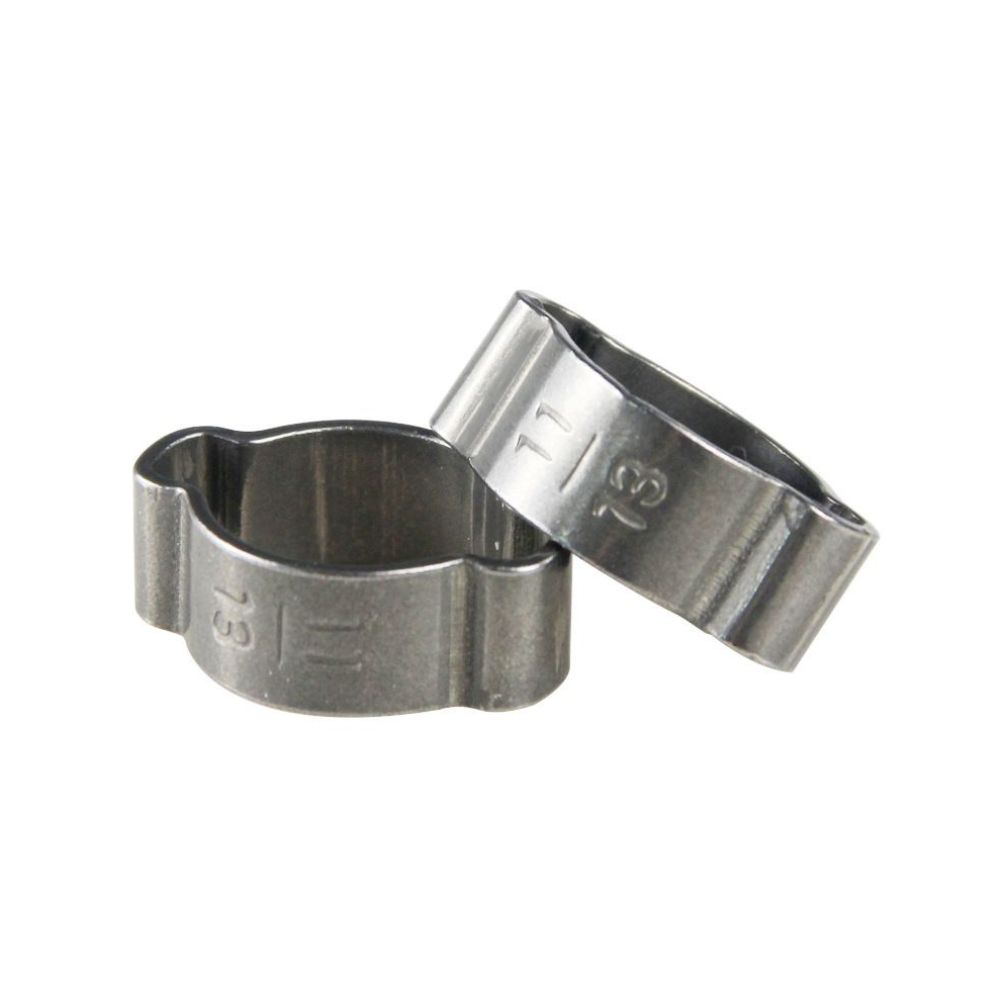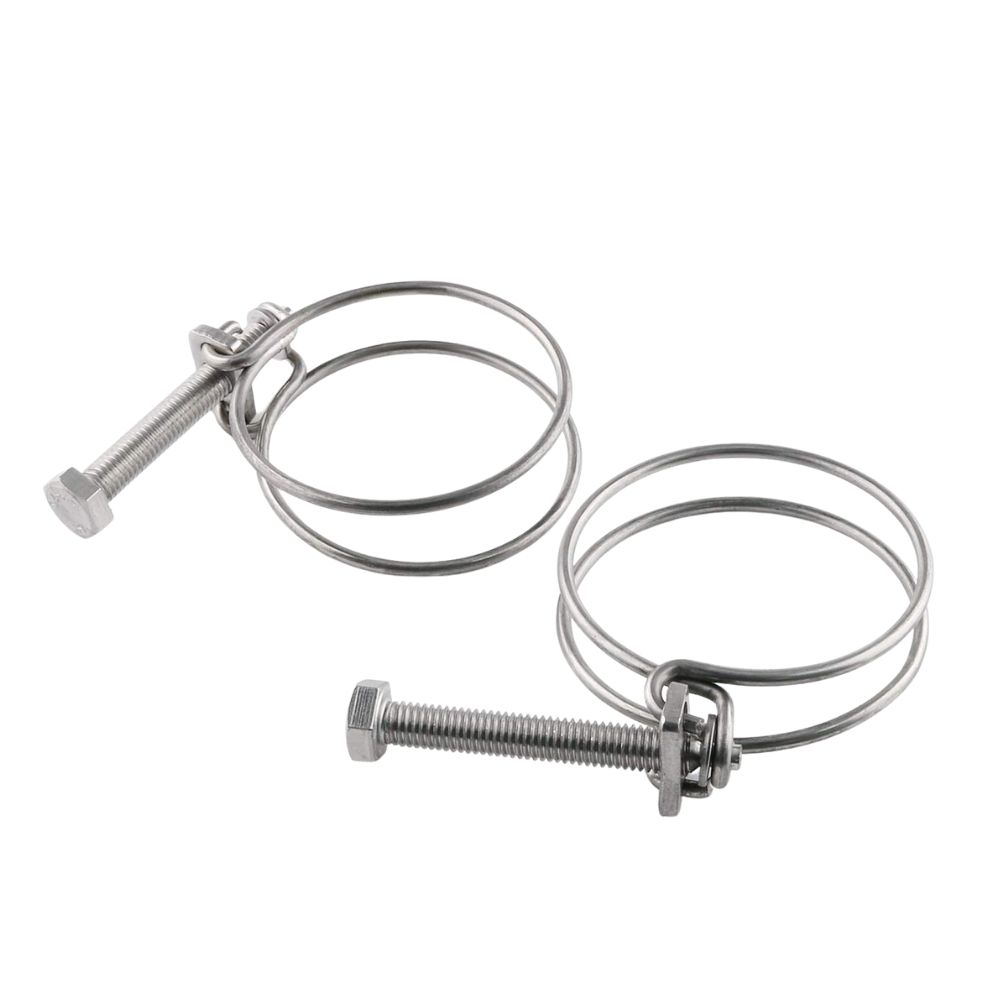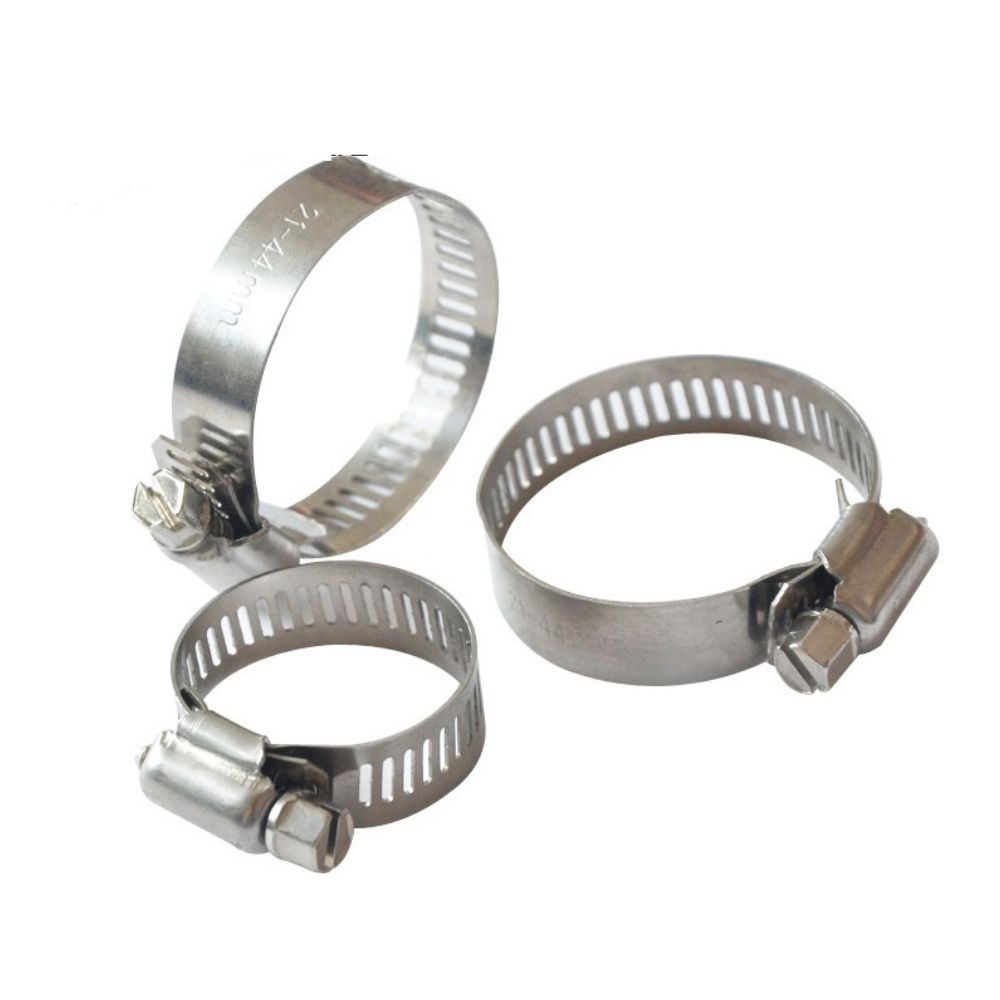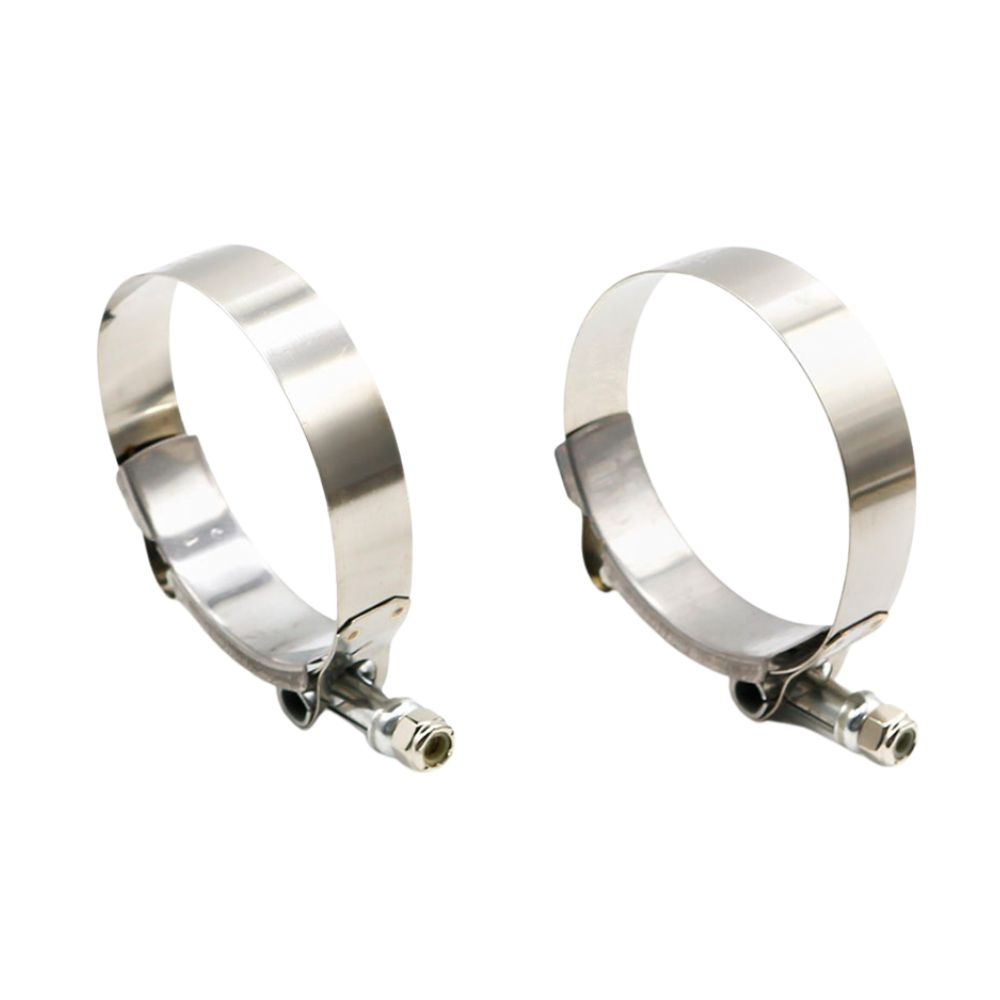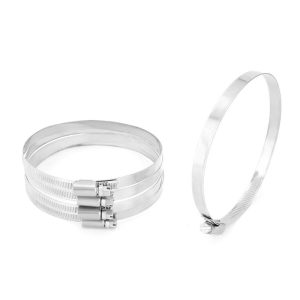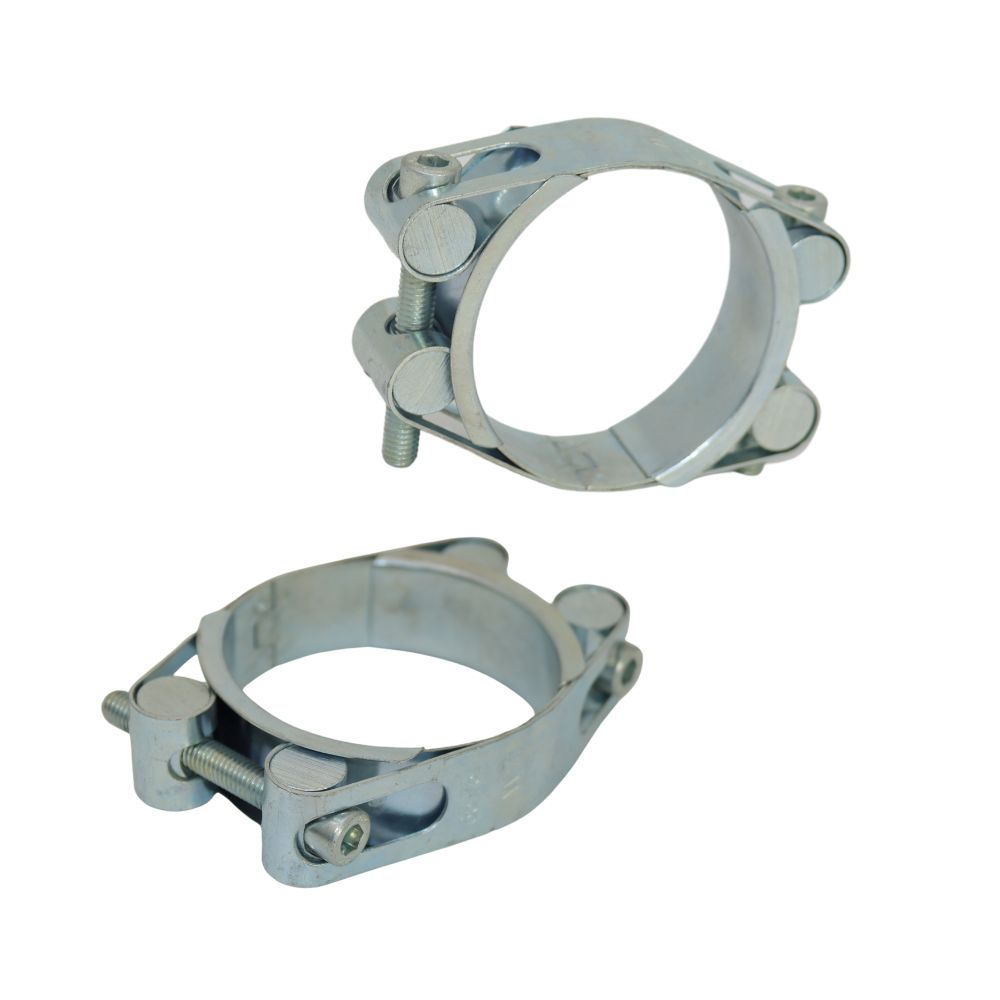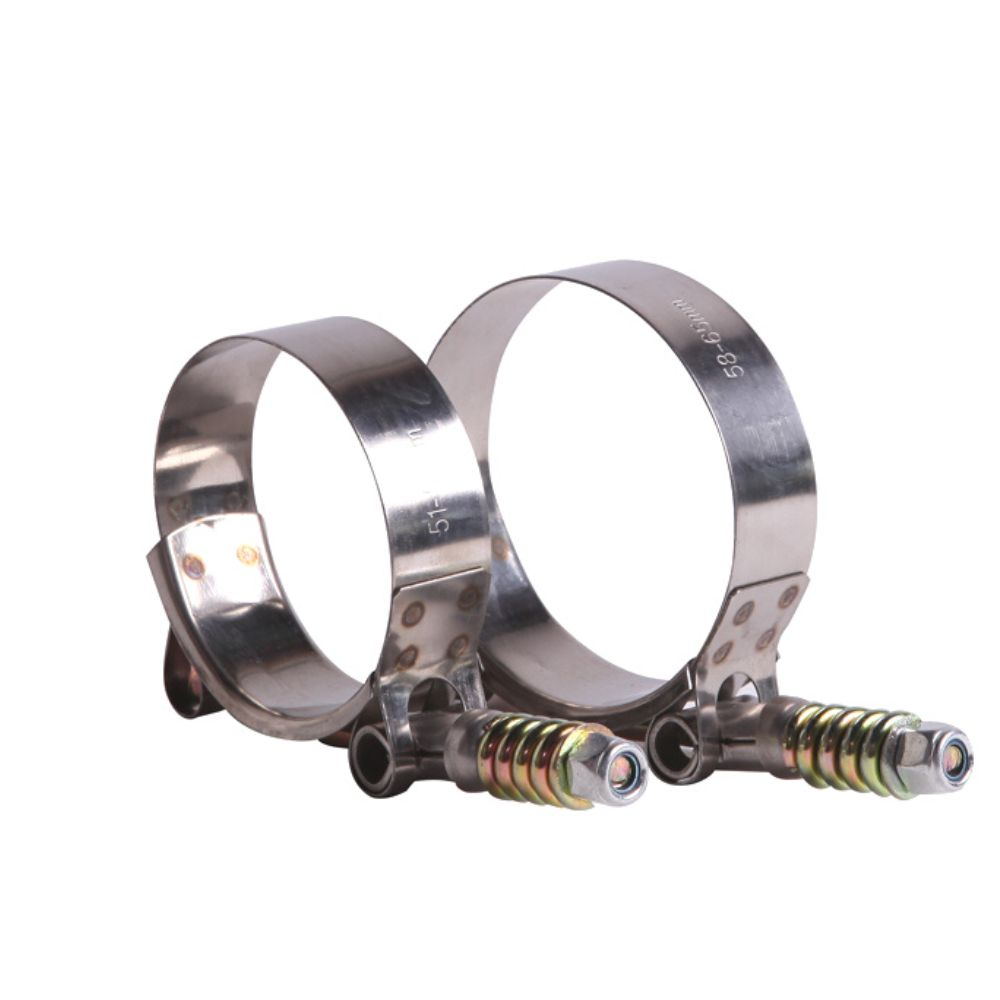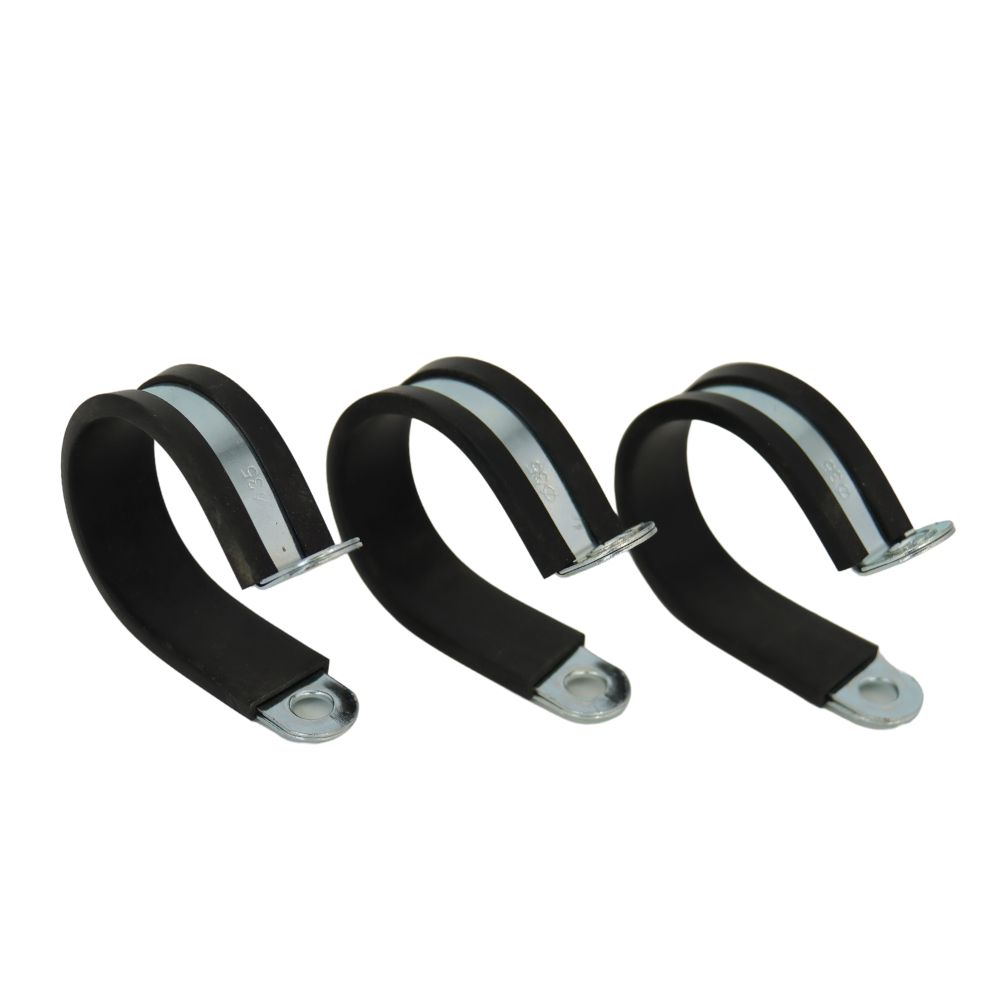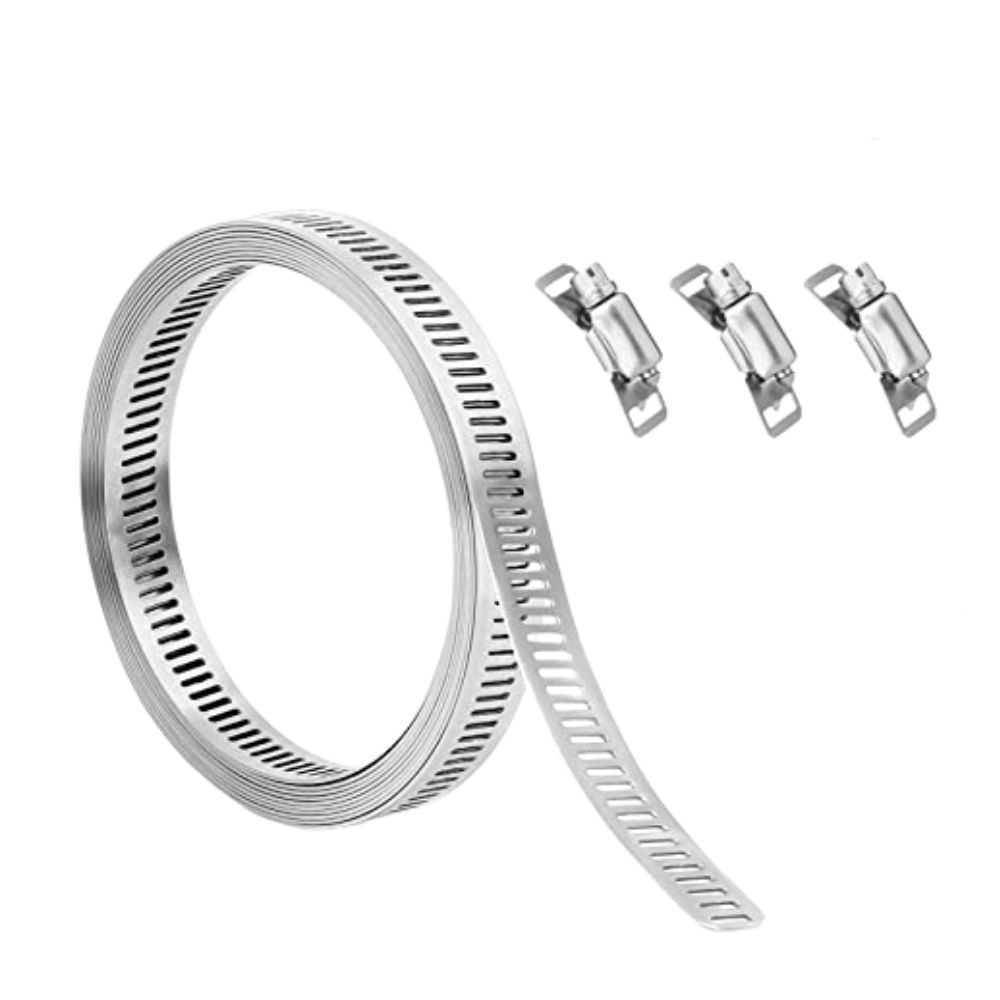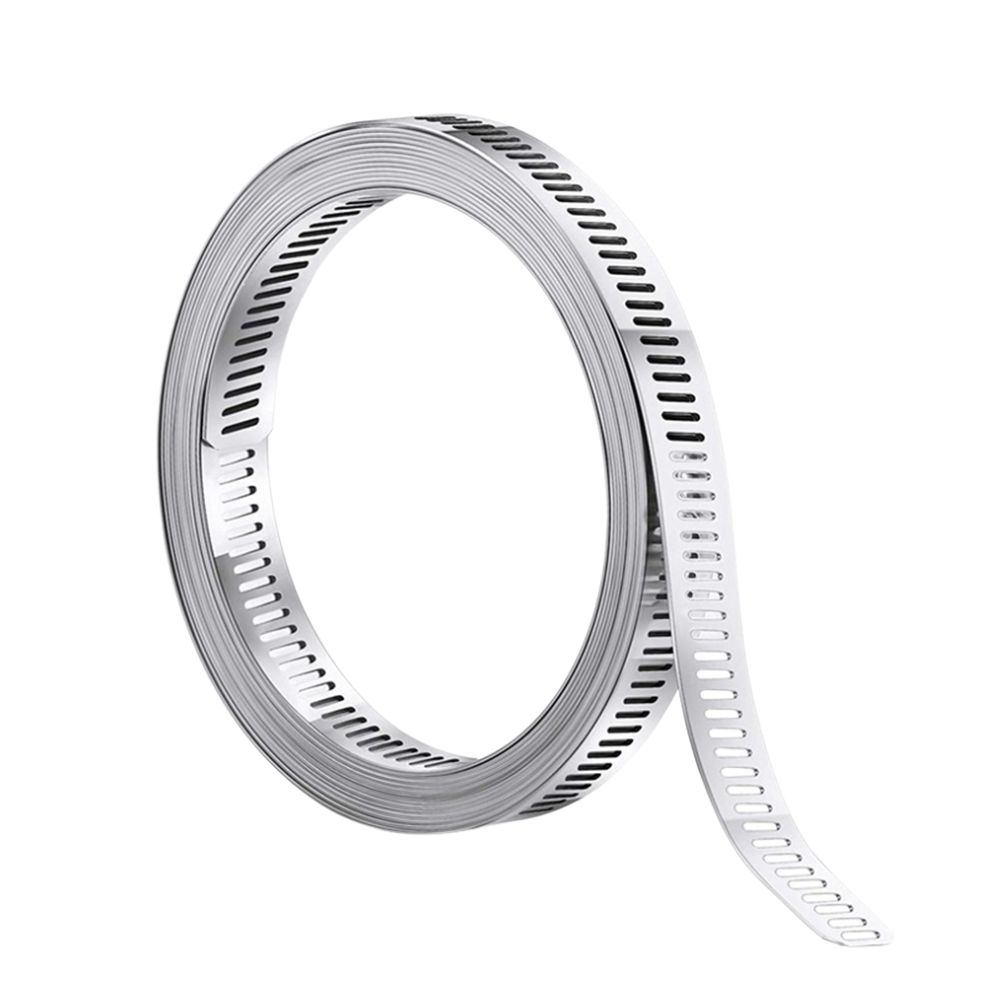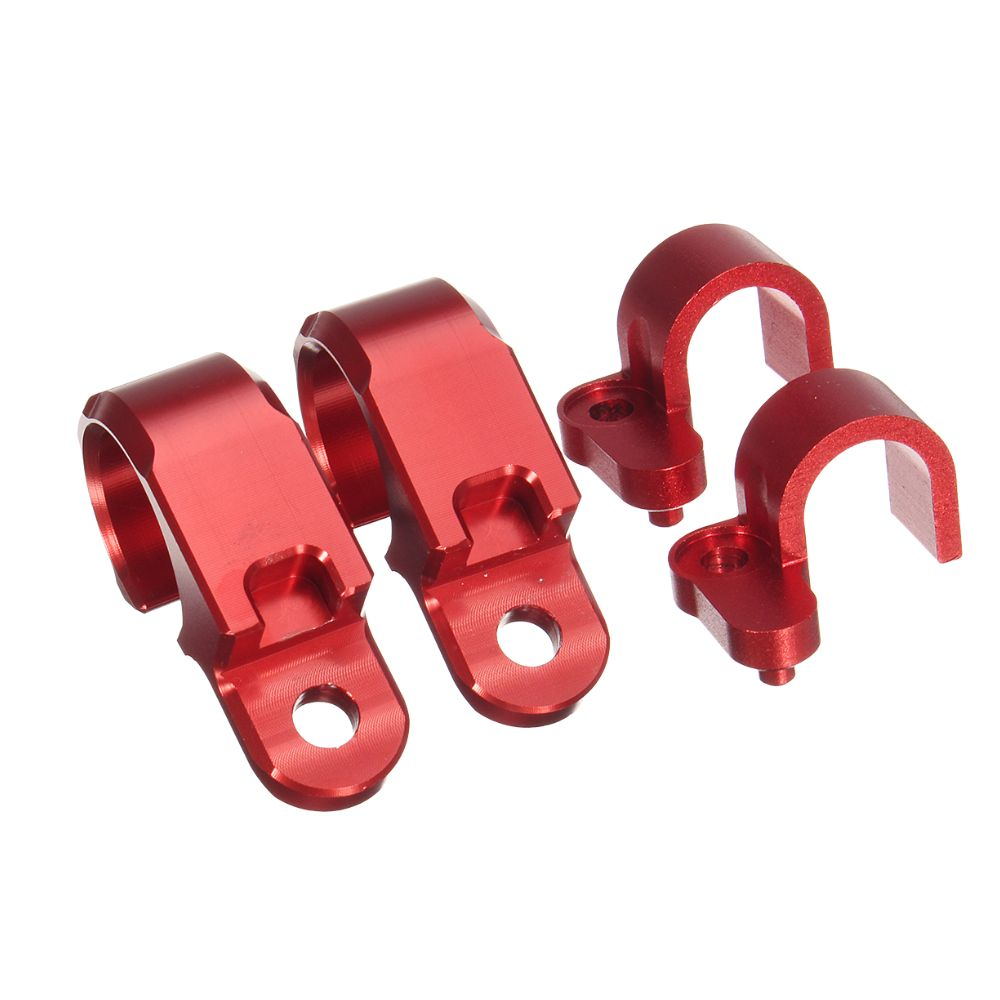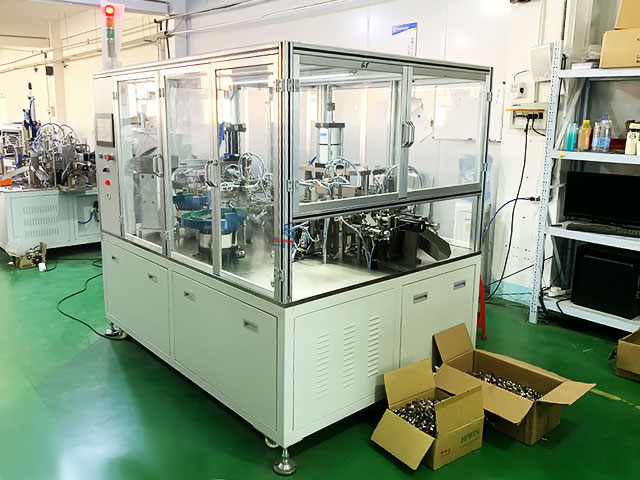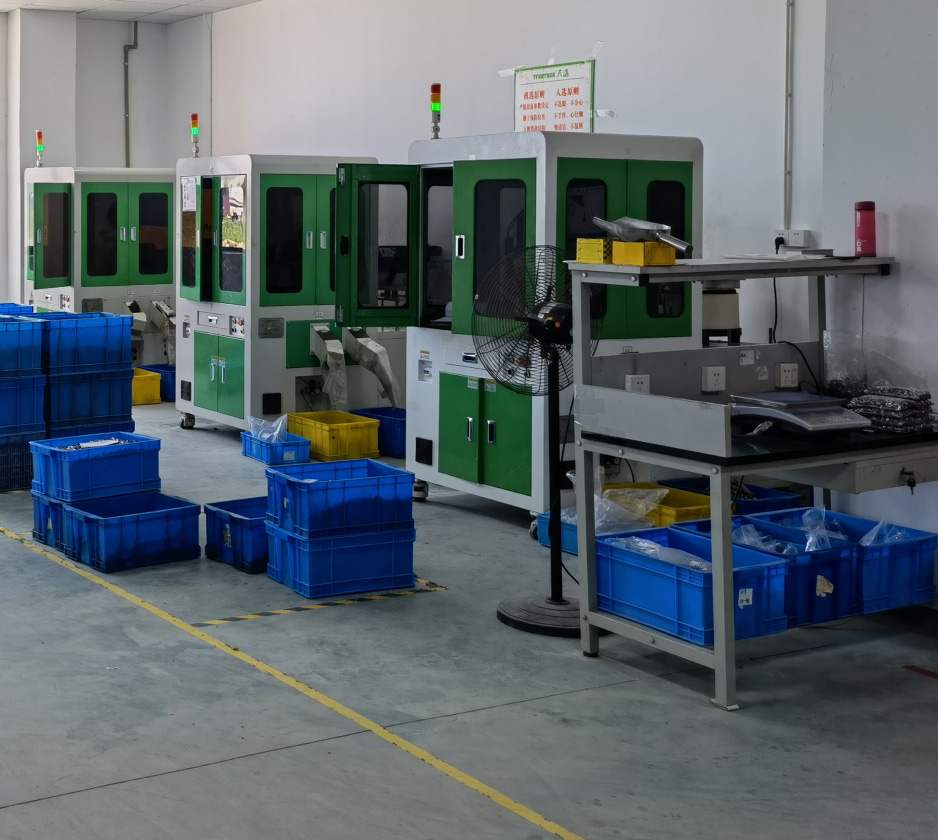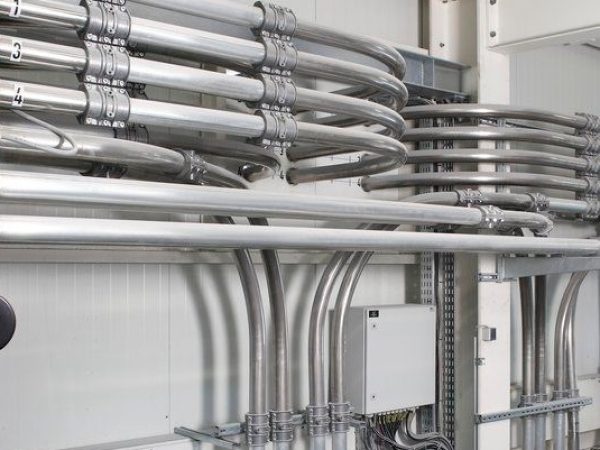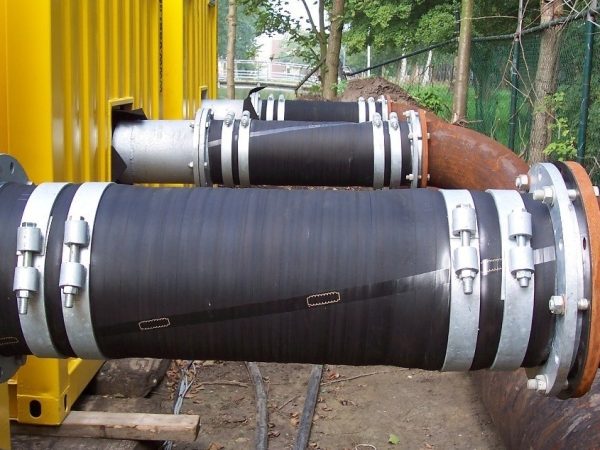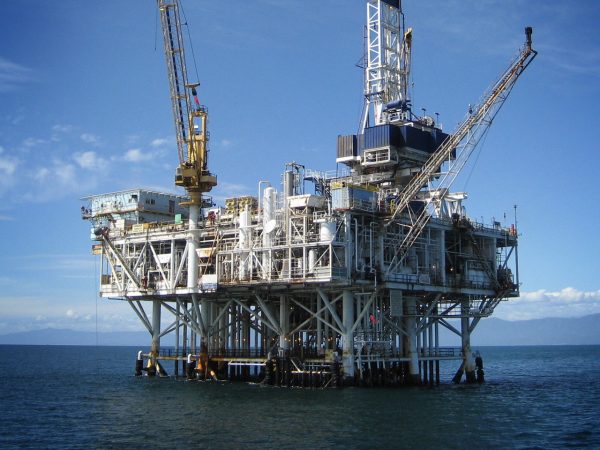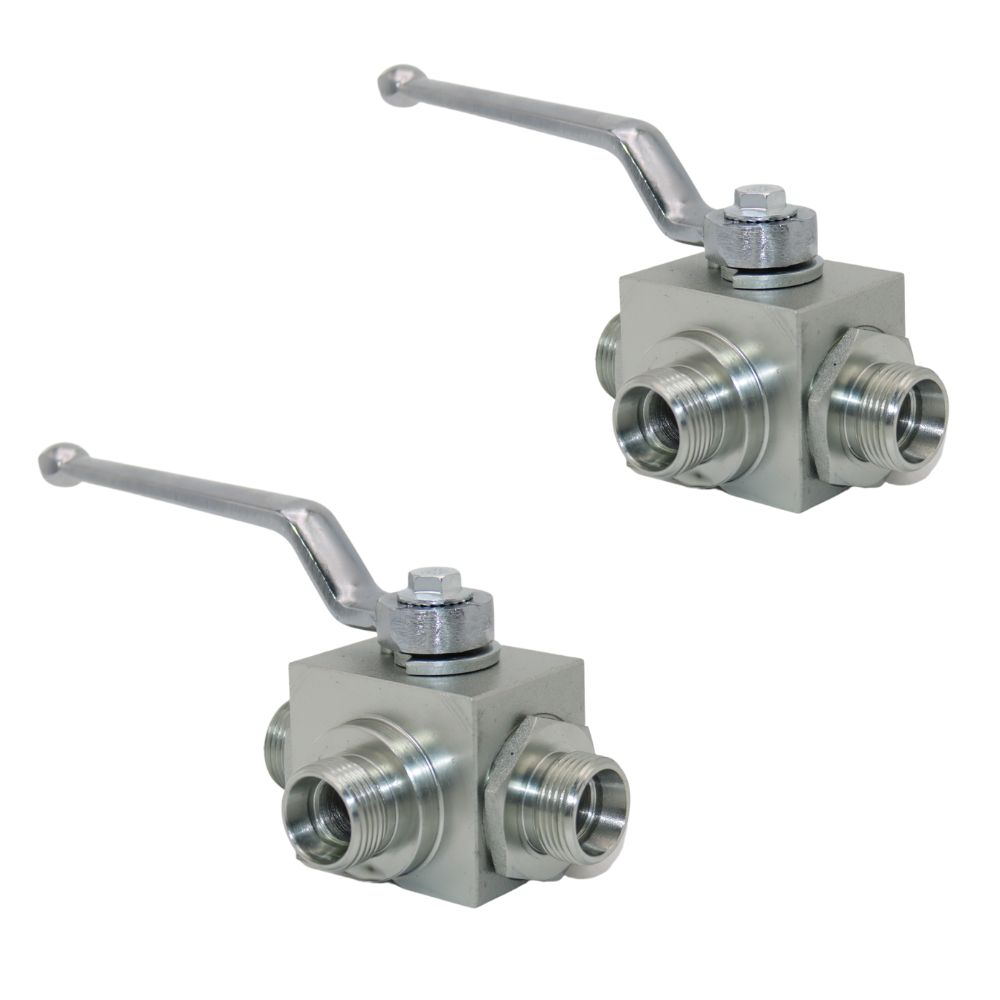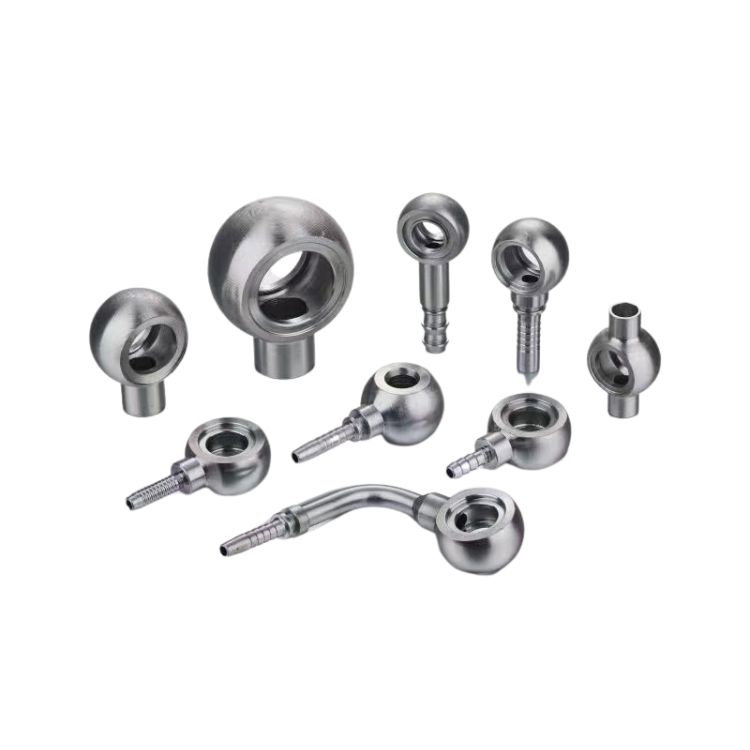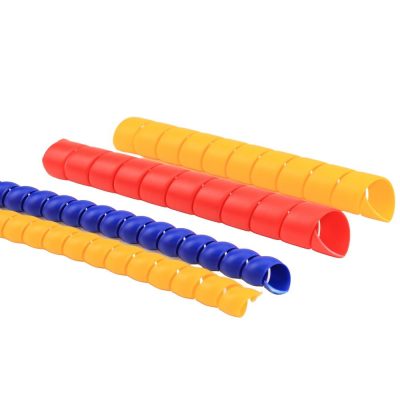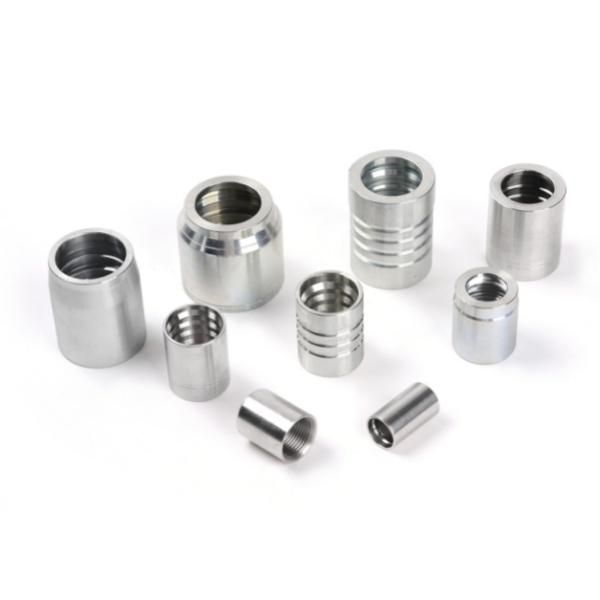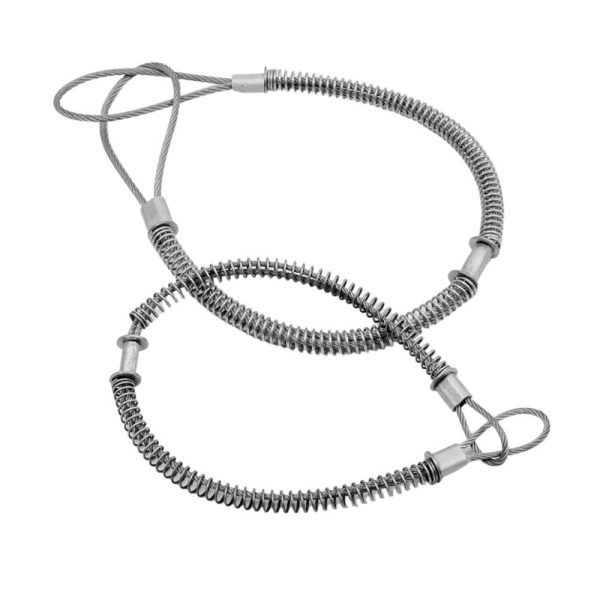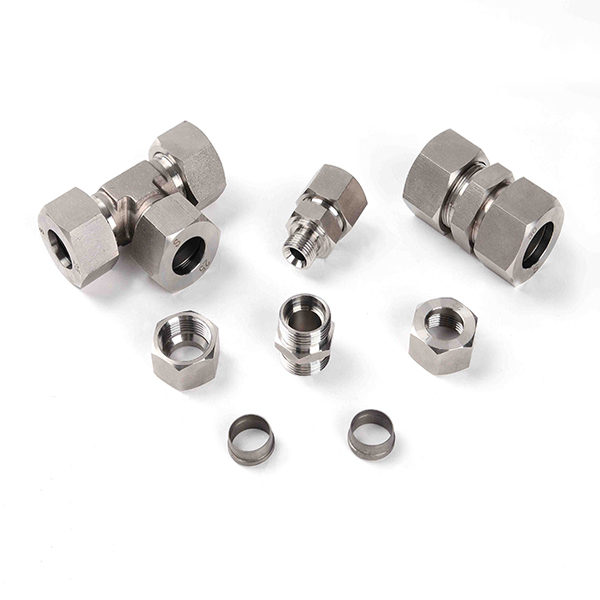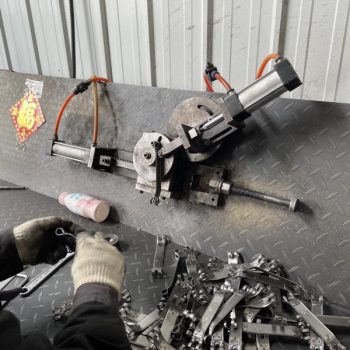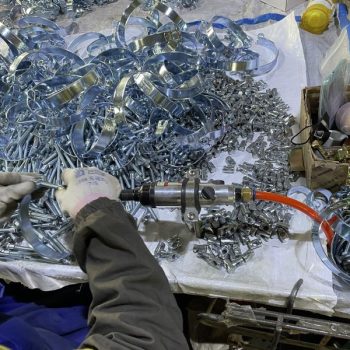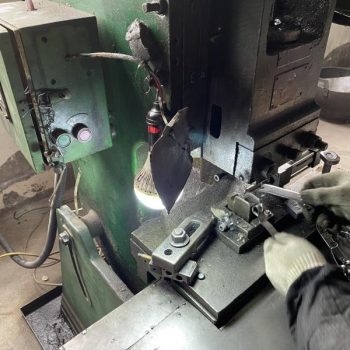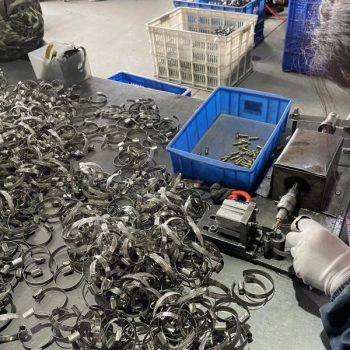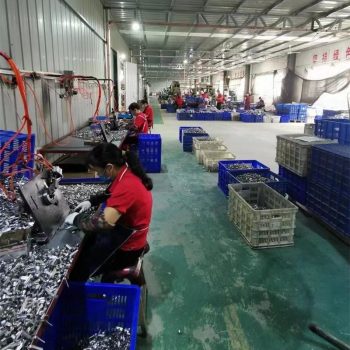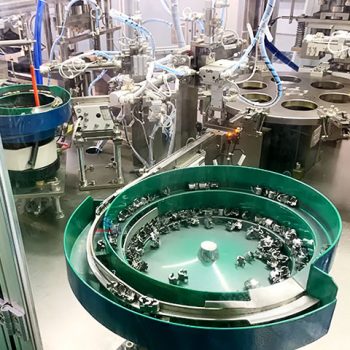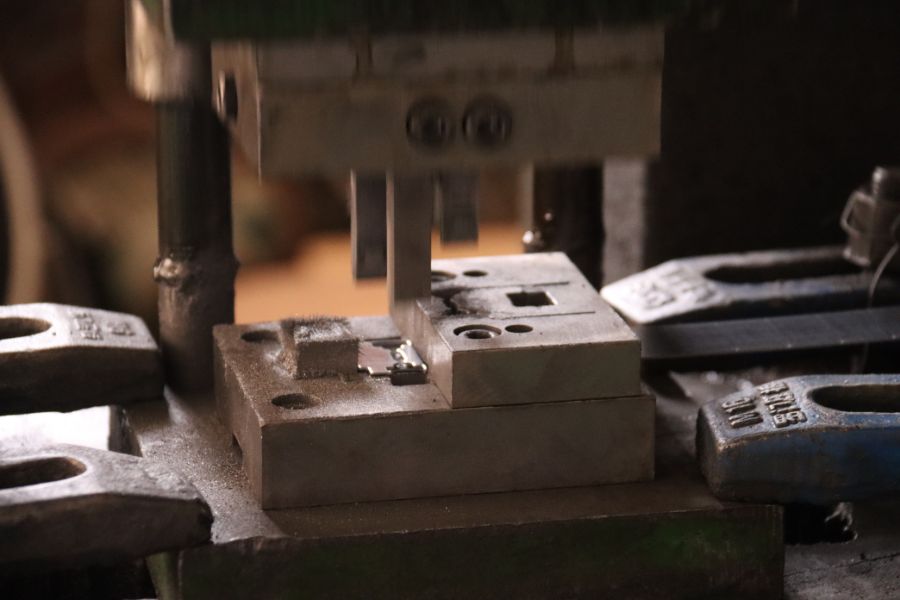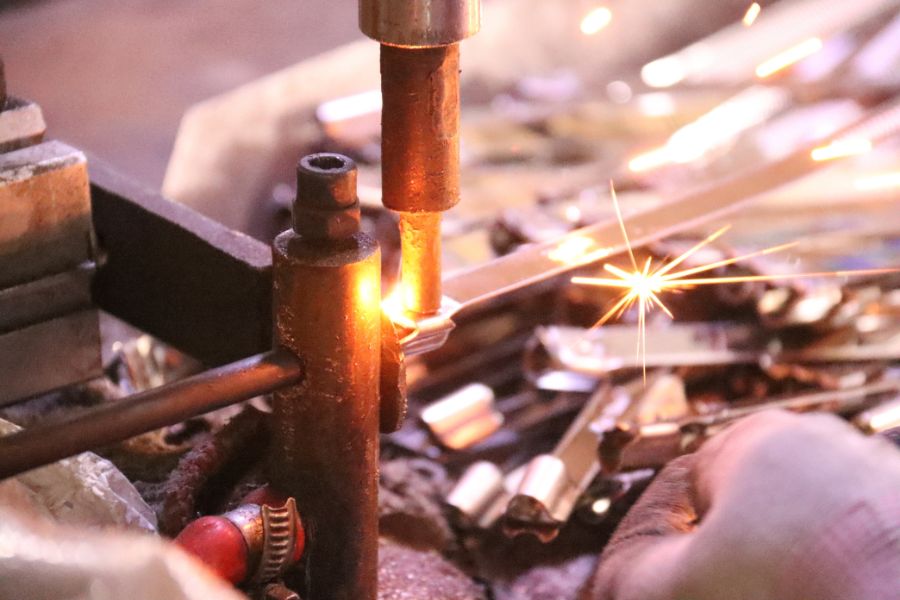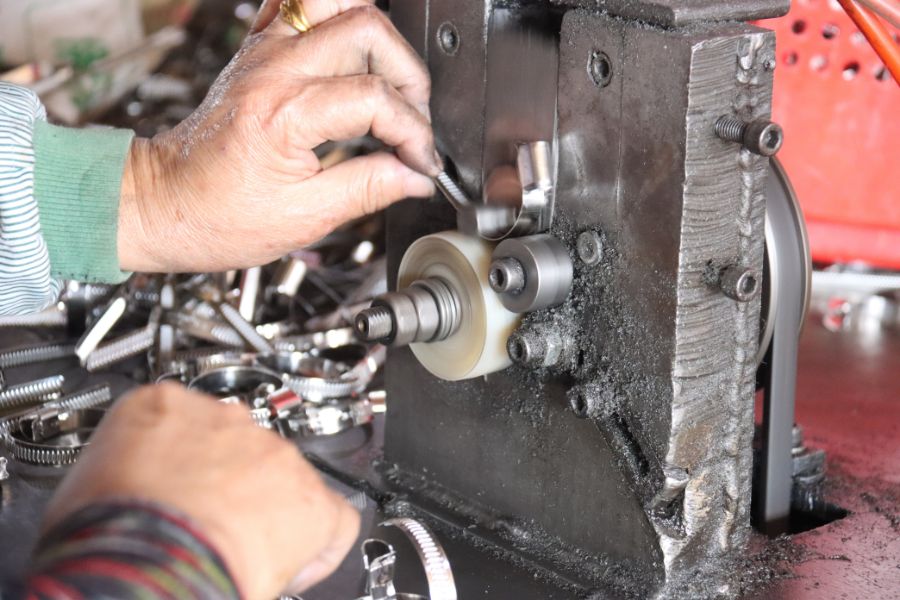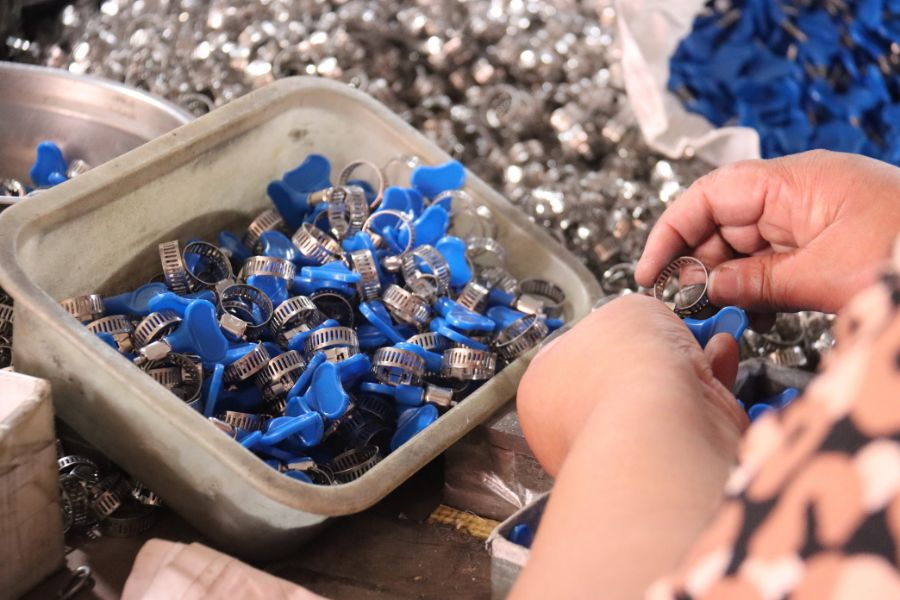Brass vs Stainless Steel Hydraulic Fittings
Table of Contents
Introduction
Choosing the right material for hydraulic fittings is not just a technical decision, it also has a significant impact on the efficiency of the hydraulic system. Choosing between brass and stainless steel is not an easy task, as each material has its own unique strengths and limitations that can greatly affect the performance of a hydraulic system under a variety of operating conditions. Understanding the nuances of each material is critical to optimizing system design, ensuring operational integrity, and extending system life cycles.
Understanding Brass Fittings
Brass fittings hold a notable position in the hierarchy of materials used for hydraulic fittings, thanks to their balanced properties of durability, machinability, and corrosion resistance. Predominantly composed of copper and zinc, brass exhibits characteristics that make it an attractive choice for a wide range of hydraulic applications.
Composition and Properties
Brass, an alloy primarily made up of copper and zinc, is known for its golden hue and remarkable machinability. The proportion of copper and zinc can be varied to create a range of brass types, each with unique properties tailored for specific applications. For instance, the addition of elements like lead can improve machinability, whereas aluminum in the mix can enhance corrosion resistance and strength. This versatility allows engineers to select a brass alloy that best meets the requirements of their hydraulic systems.
Benefits
The widespread use of brass fittings in hydraulic systems can be attributed to several key benefits:
Corrosion Resistance: Brass exhibits good corrosion resistance, especially from water, making it suitable for systems that are exposed to moisture or are used in marine environments. This property ensures a longer lifespan for hydraulic fittings, reducing the need for frequent replacements.
Cost-Effectiveness: Compared to other materials such as stainless steel, brass fittings are generally more affordable. This cost advantage makes brass an appealing choice for projects with tight budgets, without significantly compromising on quality or performance.
Machinability: Brass is easy to machine, allowing for the production of precision components with relatively low tool wear. This ease of fabrication contributes to lower manufacturing costs and the ability to create complex shapes and threads.
Limitations
Despite its advantages, brass fittings are not without their limitations:
Pressure and Temperature Sensitivity: Brass fittings may not be suitable for high-pressure applications due to their comparatively lower strength and hardness. Similarly, extreme temperatures can affect their integrity, limiting their use in high-heat environments.
Dezincification: A significant drawback of brass is its vulnerability to dezincification, a form of corrosion where zinc is selectively leached from the alloy. This process can weaken the fitting, leading to failures in critical applications. Environments with high chloride levels, such as seawater, can accelerate dezincification, posing a risk to hydraulic systems operating in such conditions.
Enhancing Brass Fittings
To mitigate some of these limitations, manufacturers have developed specialized brass alloys, such as those with added arsenic or antimony, which are more resistant to dezincification. Additionally, surface treatments and coatings can be applied to brass fittings to improve their corrosion resistance.
The Case for Stainless Steel Hydraulic Fittings
The material choice for hydraulic fittings is a critical decision point in the design and operation of hydraulic systems. Stainless steel, with its unique blend of strength, durability, and corrosion resistance, stands out as a superior choice for many demanding applications.
Material Properties
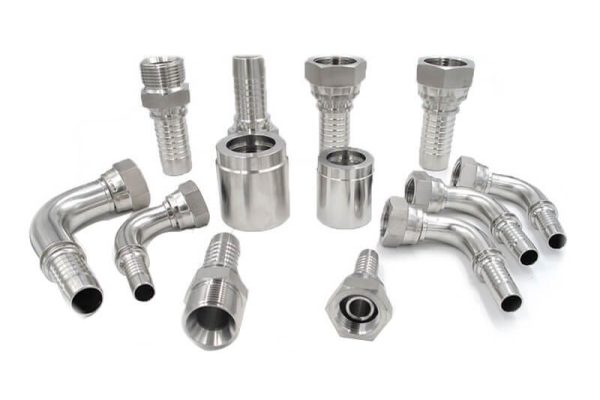
Stainless steel is an alloy that primarily consists of iron, chromium (at least 10.5%), nickel, and other elements such as molybdenum, which enhance its ability to resist corrosion. The addition of chromium is particularly crucial as it forms a passive layer of chromium oxide on the surface of the steel, effectively shielding it from various forms of corrosion. This protective layer is self-healing, meaning that if scratched or damaged, it can reform in the presence of oxygen from air or water.
Key Properties of Stainless Steel
Corrosion Resistance: The most notable advantage of stainless steel is its exceptional resistance to a wide range of corrosive environments, attributed to its chromium content. This makes it an ideal material for applications exposed to corrosive chemicals, saline solutions, or other harsh conditions.
High Strength and Durability: Stainless steel fittings are known for their strength, which allows them to withstand high pressure and mechanical stresses. This strength does not diminish significantly even under high temperatures, contributing to their longevity and reliability.
Temperature Resistance: Stainless steel can maintain its integrity over a wide temperature range, from cryogenic levels up to several hundred degrees Celsius, making it suitable for applications with extreme temperature conditions.
Applications and Advantages
The unique properties of stainless steel make it an excellent material choice for hydraulic fittings in a variety of demanding applications. Its strength, combined with superior corrosion resistance, ensures reliability and longevity in environments where other materials might fail.
Critical Applications:
Marine Applications: The saline or seawater environment is highly corrosive, but stainless steel fittings can resist such conditions, making them ideal for marine hydraulics, offshore oil rigs, and shipbuilding.
Chemical Processing: In industries where chemical exposure is a daily occurrence, stainless steel fittings provide the necessary resistance to avoid corrosion, which could lead to leaks or system failures.
High-Temperature Operations: For hydraulic systems operating at high temperatures, stainless steel maintains its strength and corrosion resistance, ensuring system integrity.
Advantages:
Reduced Maintenance and Replacement Costs: The durability and corrosion resistance of stainless steel fittings mean that they require less maintenance and have longer intervals between replacements, offering significant long-term savings.
Enhanced Safety and Reliability: In critical applications where failure could result in significant safety hazards or downtime, stainless steel fittings provide peace of mind with their reliable performance.
Versatility: The wide range of stainless steel grades available allows for tailored solutions to specific environmental challenges, ensuring optimal performance across various applications.
Factors to Consider When Choosing Hydraulic Fittings
The selection of hydraulic fittings is a nuanced process that involves several critical considerations. These considerations ensure that the chosen fittings not only meet the immediate requirements of the hydraulic system but also align with long-term performance and cost-efficiency goals.
Application Requirements
When selecting hydraulic fittings, the specific demands of the hydraulic system play a decisive role. Factors such as the operating pressure, temperature range, and chemical exposure of the system dictate the choice between brass and stainless steel fittings.
Pressure: High-pressure systems require fittings that can withstand the force exerted by the hydraulic fluid. Stainless steel, known for its strength and durability, is often the preferred choice for such applications.
Temperature: Systems operating at extreme temperatures benefit from fittings that maintain their integrity under such conditions. Stainless steel fittings offer superior temperature tolerance, making them suitable for both high and low-temperature applications.
Chemical Exposure: The presence of corrosive chemicals necessitates the use of fittings that can resist such environments. Stainless steel’s excellent corrosion resistance makes it ideal for systems exposed to harsh chemicals, while brass may be sufficient for less aggressive environments.
Cost Considerations
The decision between brass and stainless steel fittings also hinges on cost considerations, encompassing both the initial investment and the long-term operational costs.
Upfront Costs: Brass fittings typically offer a lower initial cost compared to stainless steel, making them an attractive option for budget-sensitive projects. However, the choice of material should not be based solely on initial costs but also on the overall value proposition.
Long-term Value: Stainless steel fittings, though more expensive upfront, can offer significant cost savings over time. Their durability and lower maintenance requirements reduce the need for frequent replacements and repairs, translating into better long-term value.
Compatibility and Interchangeability
Ensuring material compatibility within the hydraulic system is crucial to prevent issues such as galvanic corrosion, which can occur when dissimilar metals are in contact in the presence of an electrolyte.
Hydraulic Fluids: The compatibility of fittings with the hydraulic fluid used in the system is essential to prevent chemical reactions that could degrade the fittings or fluid.
Material Mixing: Mixing materials within a hydraulic system requires careful consideration to avoid galvanic corrosion. If brass and stainless steel fittings are used together, measures such as isolators or coatings may be necessary to prevent direct contact and ensure system integrity.
Making the Decision: Brass or Stainless Steel?
The selection between brass and stainless steel hydraulic fittings represents a critical decision point in the engineering and maintenance of hydraulic systems. This choice should be carefully considered, taking into account the specific needs and operational conditions of the system. The decision ultimately hinges on balancing performance requirements with cost considerations, ensuring that the chosen material aligns with the overall objectives of the hydraulic system.
Brass Fittings: When to Choose?
Brass fittings are best suited for applications where the hydraulic system does not face extreme conditions such as high pressures, aggressive chemicals, or extreme temperatures. Their cost-effectiveness makes them an attractive option for systems where budget constraints are a primary concern. Brass fittings are adequate for moderate conditions, offering good corrosion resistance to water and certain chemicals, ease of machining, and a satisfactory level of durability for many applications. They are an excellent choice for:
- Systems operating under lower pressures
- Environments with minimal exposure to corrosive substances
- Applications where cost is a significant consideration
Stainless Steel Fittings: When to Choose?
Stainless steel fittings are the preferred choice for hydraulic systems that operate under demanding conditions. Their superior strength, exceptional corrosion resistance, and ability to withstand temperature extremes make them ideal for applications requiring utmost reliability and durability. Stainless steel is particularly suited for:
- High-pressure systems where material strength is critical
- Harsh environmental conditions, including exposure to corrosive chemicals or saltwater
- Applications with extreme temperature ranges, both high and low
Stainless steel’s longevity and lower maintenance requirements often justify its higher initial cost, providing better long-term value and reducing the total cost of ownership.
The choice between brass and stainless steel hydraulic fittings should be based on a thorough evaluation of the specific requirements of the hydraulic system. It is not by carefully weighing factors such as application requirements, cost and compatibility that you can make an informed decision and ensure the efficiency of your hydraulic system.
Are Stainless Steel and Brass Fittings Compatible?
When it comes to combining different materials in hydraulic systems, compatibility is crucial to ensure system integrity and prevent failure. Stainless steel and brass fittings each offer unique advantages, as previously discussed, but their compatibility when used together in a single system warrants careful consideration due to the potential for galvanic corrosion.
Understanding Galvanic Corrosion
Galvanic corrosion occurs when two dissimilar metals are in electrical contact in the presence of an electrolyte, leading to the corrosion of the more anodic material. Stainless steel and brass can form such a galvanic couple, with brass acting as the anode and stainless steel as the cathode. The risk of galvanic corrosion increases in environments with high conductivity, such as those with moisture, salt, or acidic conditions.
Factors Influencing Compatibility
Electrolyte Presence: The risk of galvanic corrosion is significantly lower in dry conditions. In environments exposed to electrolytes, such as water or other fluids, precautions should be taken.
Surface Area Ratio: The effect of galvanic corrosion is more pronounced when a small anode (brass) is coupled with a large cathode (stainless steel), accelerating the corrosion of the anodic material.
Isolation: Using non-conductive materials or coatings to electrically isolate the dissimilar metals can effectively prevent galvanic corrosion.
Mitigation Strategies
To use stainless steel and brass fittings together safely, consider the following strategies:
Isolation: Employing physical barriers, such as non-conductive gaskets or washers, can prevent direct metal-to-metal contact, minimizing the risk of galvanic corrosion.
Protective Coatings: Applying protective coatings to the fittings can shield the metals from the electrolyte, reducing the galvanic effect.
Environmental Control: In controlled environments where exposure to electrolytes is minimized, the risk of galvanic corrosion can be significantly reduced.
While stainless steel and brass fittings can be used together, the potential for galvanic corrosion means that careful consideration must be given to the specific conditions of their application. By understanding the mechanisms of galvanic corrosion and employing appropriate mitigation strategies, it is possible to safely incorporate both materials into a hydraulic system, leveraging their respective strengths. Always consult with a corrosion specialist or a hydraulic system engineer to ensure the compatibility and longevity of your hydraulic system components.
Conclusion
In summary, when selecting hydraulic fittings, it’s essential to consider the long-term benefits and suitability of the material for the specific application. Stainless steel hydraulic fittings, with their strength, corrosion resistance, and durability, often present the best option for ensuring the reliability and longevity of hydraulic systems. Users are encouraged to weigh the initial cost against the long-term advantages to make an informed decision that meets their system’s requirements.

